Let your face or your car do the paying

The digitalization of our everyday lives is making simple things such as purchases ever more convenient. At Spisestuerne, you can now pay with your finger, but in the future, you could pay with your face or let your car automatically deal with the parking fee. But what are the consequences of introducing biometric technologies, and are we even ready for them?
It’s Sunday morning. You go to the grocery store by car to buy bread and juice for breakfast. The only thing different is that you do not need to find your credit card or open a payment app when going to the check out. You just leave the store with the bread and juice because your face did the paying.
You parked your car in a side street from the grocery store. The side street has a parking fee, but you did not buy a parking ticket. Your car did that for you because it knows exactly when you parked and which parking zone you are in.
On the way home, you need to put gas on the car. You pull up to a gas station, fill the tank, and drive away. Your car dealt with the payment because it is connected to the petrol pump.

The above-mentioned examples of payment solutions may seem like descriptions from a far-away future. But they are not.
According to Jan Damsgaard, Professor and Head of the Department of Digitalization at CBS, and Avishay Gaziel, Senior vice president in entrepreneurship and start-ups at Smart Payments, paying with your face or your car are going to be the next trends.
“Of course, we will have face recognition as a payment solution someday. It’s the natural next step,” says Jan Damsgaard and describes a scenario in which paying with your face would be more convenient.
“Standing and waiting in a line doesn’t create value. You are annoyed, everyone else in the cue is annoyed, and the service personnel is annoyed too. If we could just walk into the store and grab what we need and leave because the payment is done with our face, the service personnel could actually create value in the store, and that would be nice for everyone,” he says.
Already in 2015, the contactless payment method was introduced. On the 19th of April 2018, Spisestuerne, the British company Fingopay, and the payment solution company Nets launched a system based on biometrics, in which you pay with your finger veins, which are connected to your Dankort.
Read more: First place on Earth: Pay with your finger at Spisestuerne
Esben Torpe Jørgensen, Director of Development and Governance at Nets, explained to CBS WIRE that he thinks it will take another five to ten years, before we will see the pay with your finger-solution working in full-scale. But Avishay Gaziel is not so sure about that.
“I don’t think it will take 10 years. What we will see is fewer payment apps, and that payment will happen through other things, such as social media, VR, cars, bikes, and ourselves. You are just going to pay using yourself. The entire field of payment solutions will, to a larger extent, be customized to each consumer, and we will have fewer intermediaries,” he says
A tad too spooky?
Biometric based technologies have been around for quite some time, especially in relation to surveillance and identification. Immigrants are having their fingerprint and irises scanned and stored in gigantic databases. Surveillance cameras can identify criminals who are already in a criminal-register. And then you probably have a phone, which identifies you through your fingerprint or iris.
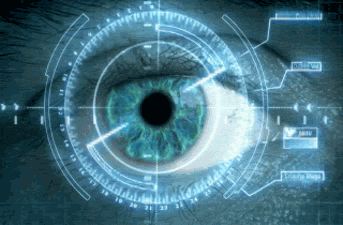
But using this technology as a means for payment solutions is rather new, and it might take some time before the consumers will get used to it because it raises a lot of questions, points out Jan Damsgaard.
“The question is whether the consumers will use, for instance, face recognition as a payment method. Is it a tad too spooky? Could I just bring a full-size picture of your face to the grocery store and then you would pay instead of me?” asks Jan Damsgaard and continues:
“Questions like that have to be discussed when we bring new technologies into our lives, like paying with your face.”
In general, Jan Damsgaard is excited about all the new technologies. For example, he owns a Samsung Galaxy S9 smartphone, which uses both face recognition and an iris-scanner to open up the phone. As a researcher, he finds it his duty to play around with all the new technologies and be open towards the opportunities they create.
“People are standing in line waiting to share their concerns about these new technologies. I then ask them if they have an iPhone and whether they have given Apple access to their fingerprint in order to open up the phone. Most of them have. I think that’s a term of convenience,” he says.
Avishay Gaziel has the same experiences when he talks to people who are concerned about the new technologies and their implications. To him, it seems that people have a twisted relationship with the security of their money and data.
“Today people have a four-digit code to protect their money, but your finger vein is about 10,000 times more secure. But some would still argue that the PIN is more secure. The young generation share images and what not through Snapchat, Instagram, and Facebook and give them access to it without a password. Then why are you worried about giving up your finger vein ID to a bank?”
The speed of technology
The speed in which technology is developing these years is remarkable. I remember sitting in a bus back in 2006 with my MP3-player which had 256 MB of storage. I was amazed and thought that this was it. We had reached the limit for technological development. Well, we had not.
And the speed at which technology is developing might be one of its biggest disadvantages, points out Avishay Gaziel. He thinks that time is the most crucial matter in the discussion of new technologies, as people need time to actually grasp these new technologies and how they work. If they do not get the time needed, they become scared.

“Technology is developing at a pace which is faster than we can understand, and that makes people scared. And that worries me. If we had the time needed to explain these technologies, and people could see that they work, then they probably wouldn’t be as intimidating and scary,” he says and adds:
“Biometrics are a new way of protecting oneself, and it is a new way of living in a digital world. You can’t say that you don’t live in a digital world, or don’t want to, because you do. You just simply have to find the best way to do it,” he says.
Another discussion that new technologies are raising is how we regulate the use of them. According to Avishay Gaziel the Danish government is actually quite ahead when it comes to incorporating new technologies. However, other governments and authorities tend to be lagging behind.
“If you have a feeling that everything is happening too fast, how fast do you then think the government is running? On average, they are two to three years behind. This means we might have regulations and laws which are not fit for present technologies and how to regulate those. But changing laws takes time. By the time they have been changed, we have already moved forward,” he says.
Take charge of your digital life
It may seem overwhelming to navigate in the various digital and technological solutions, however, Avishay Gaziel points out that it is a good thing. We can pick and choose between the solutions that we find to be of the best fit for the lives we live instead of only having one solution to choose from.
“In the near future, you will be in control of a lot more. You will be able to handpick the services that fits your lifestyle and finances, instead of using technologies and solutions that your grandmother has been using the past 60 years,” says Avishay Gaziel.

Jan Damsgaard is relaxed about the new technologies. However, he asks that for more discussions about their implications on our lives and society in order to get a better understanding of them.
“In my opinion, we need not to be scared or over protective. We simply need to learn about how these new technologies work step by step. We need to think of these technologies as a service which aims to make our life easier and more convenient, but still discuss the technologies and the questions they raise as consumers and society,” says Jan Damsgaard.



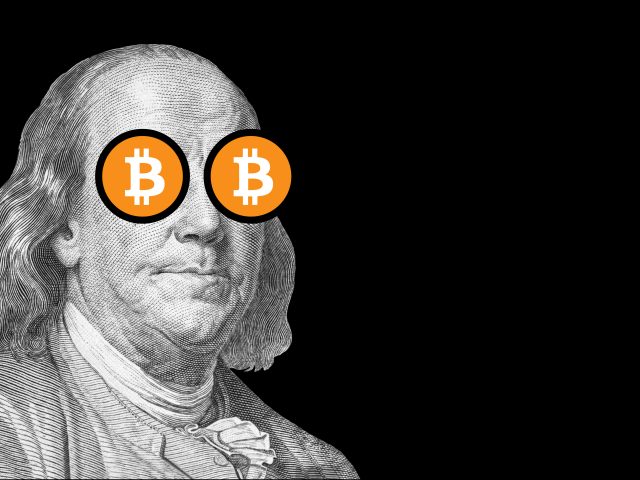
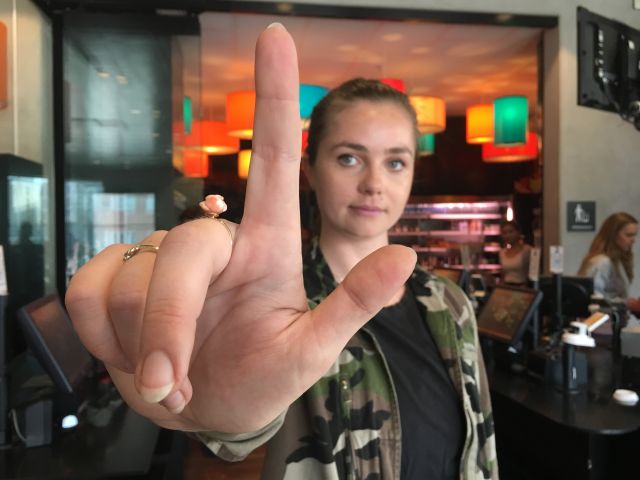
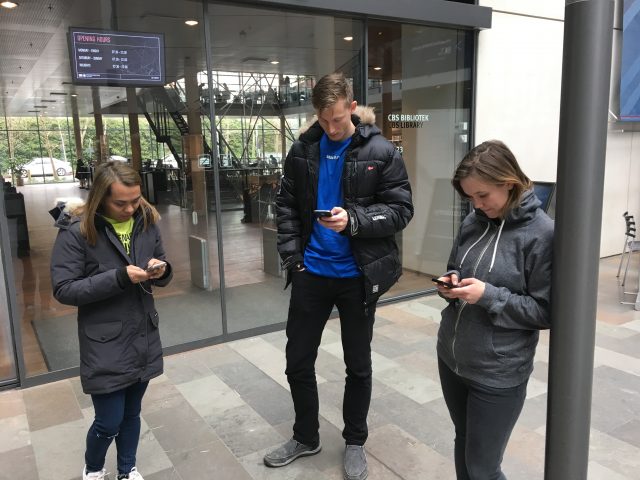


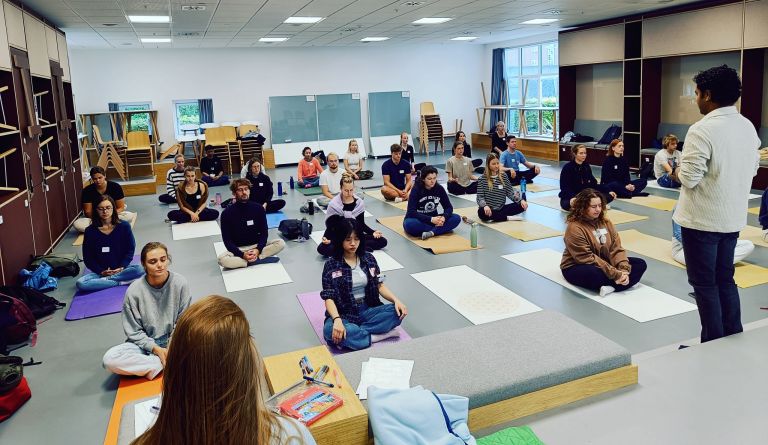
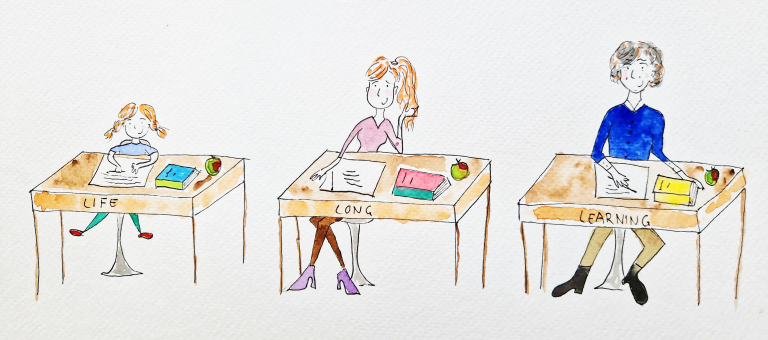
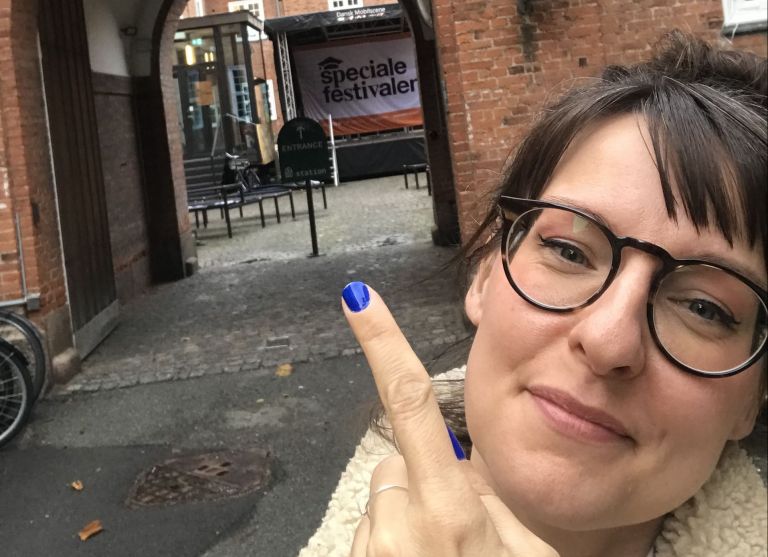
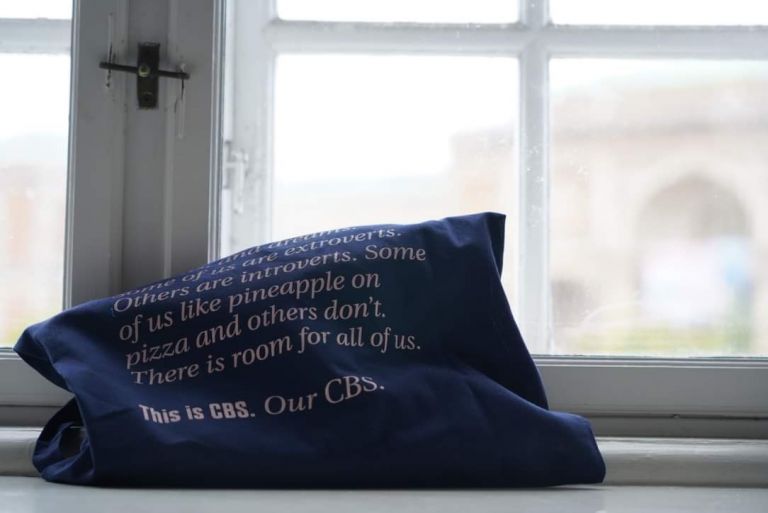
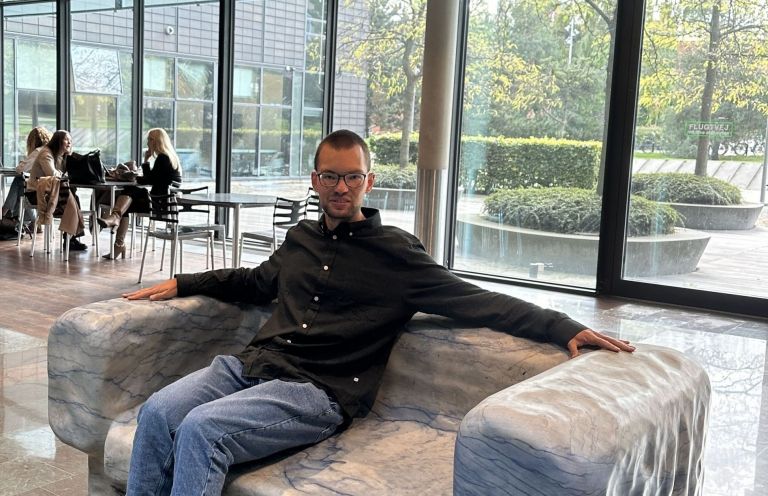
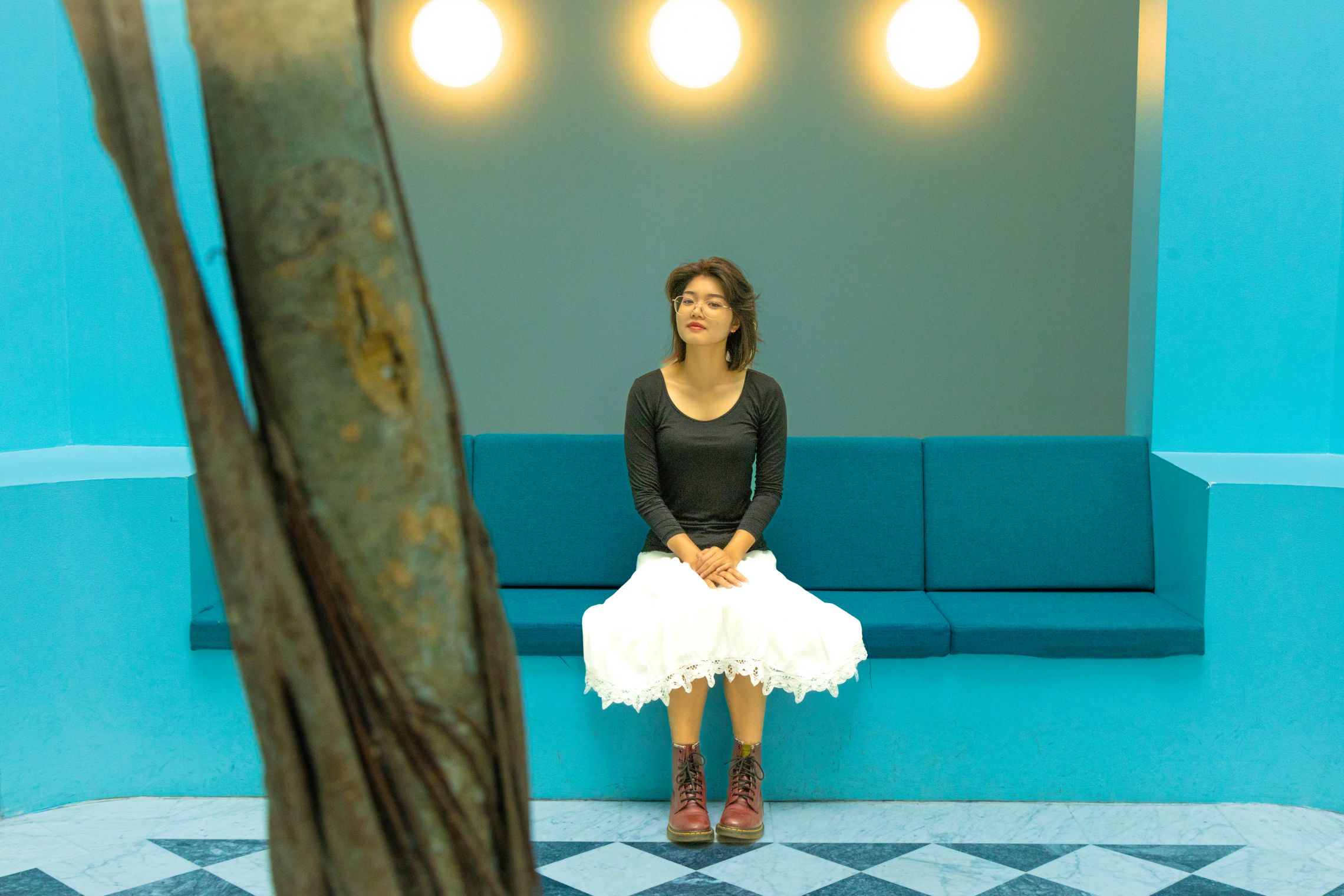




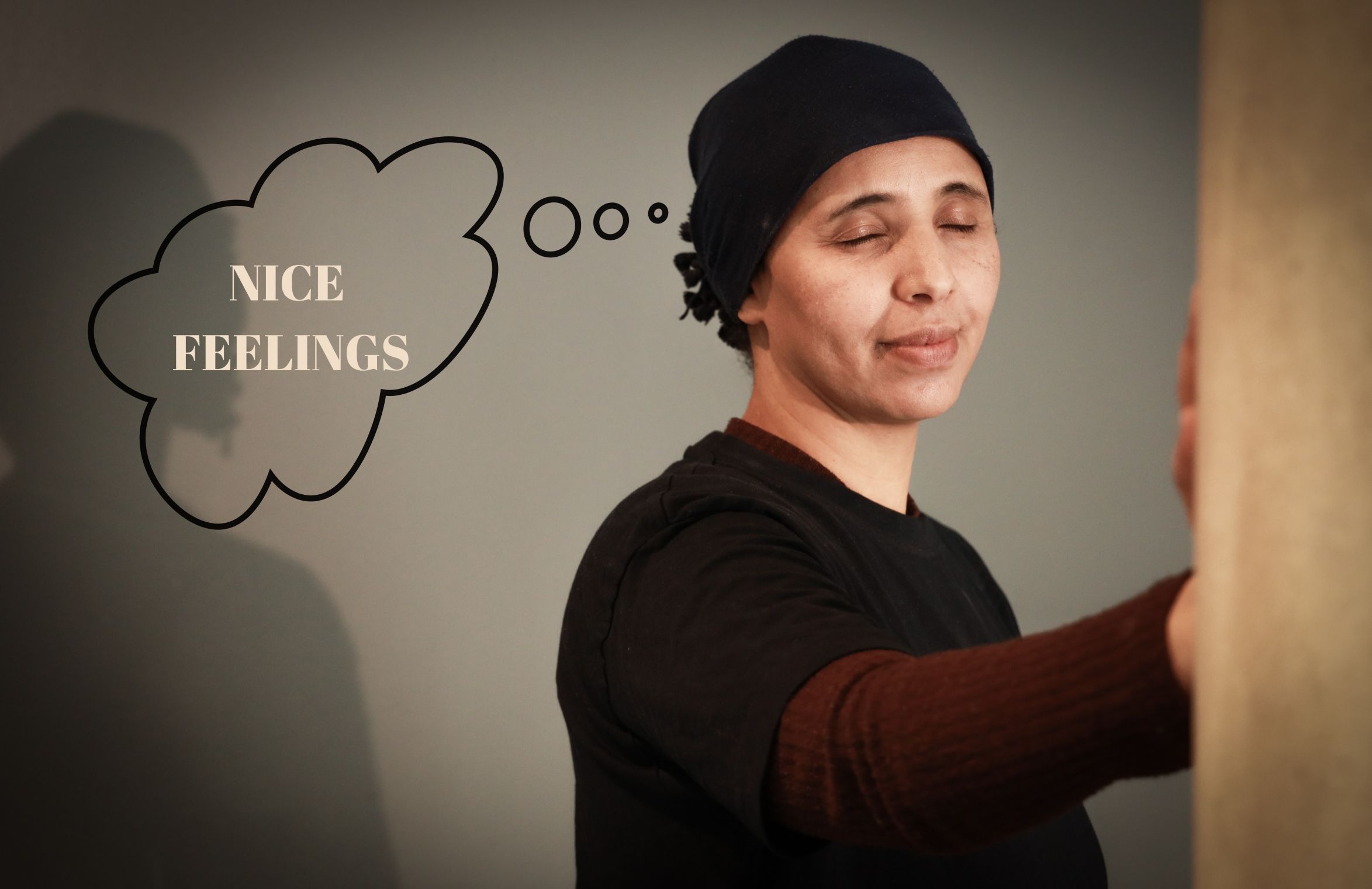



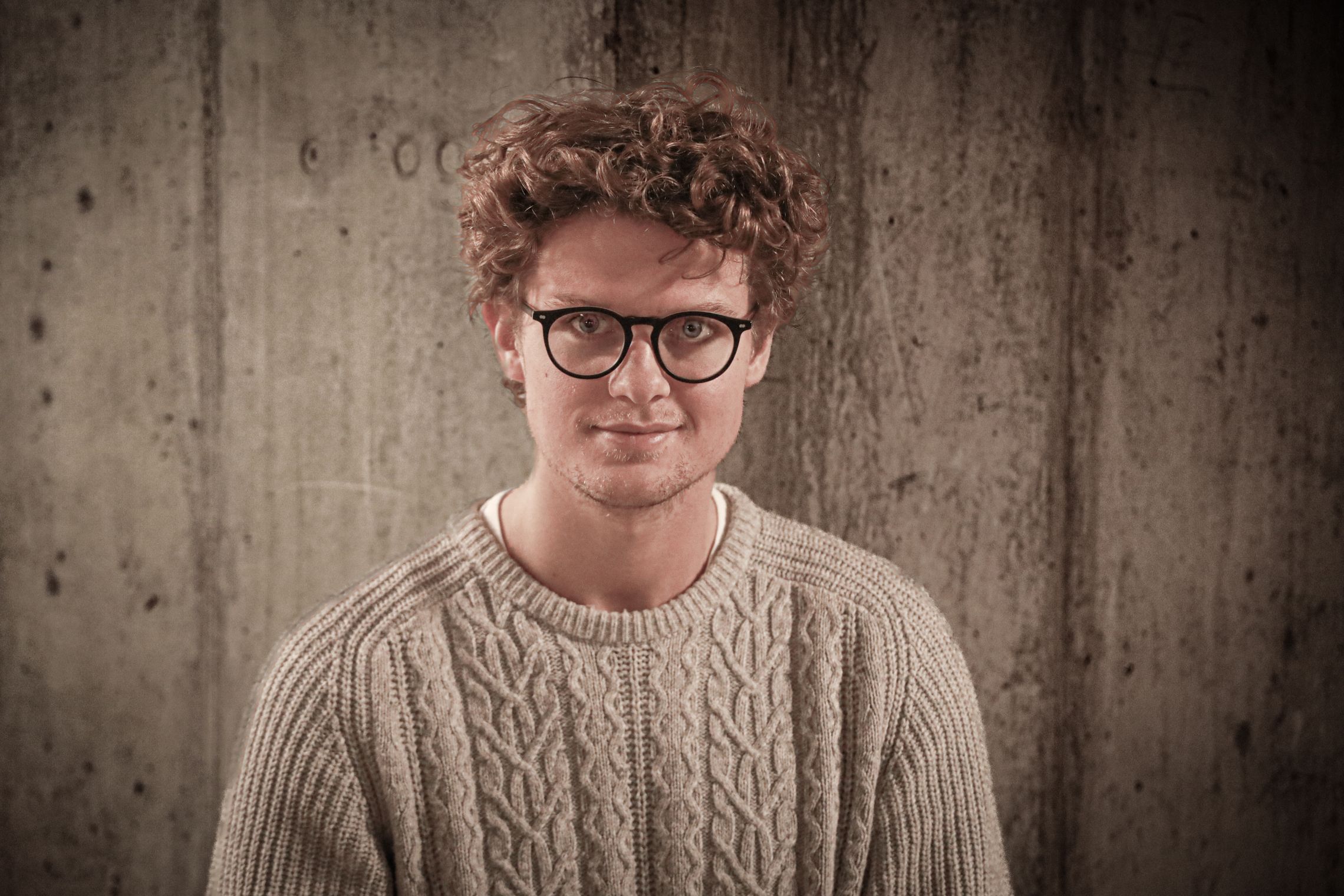




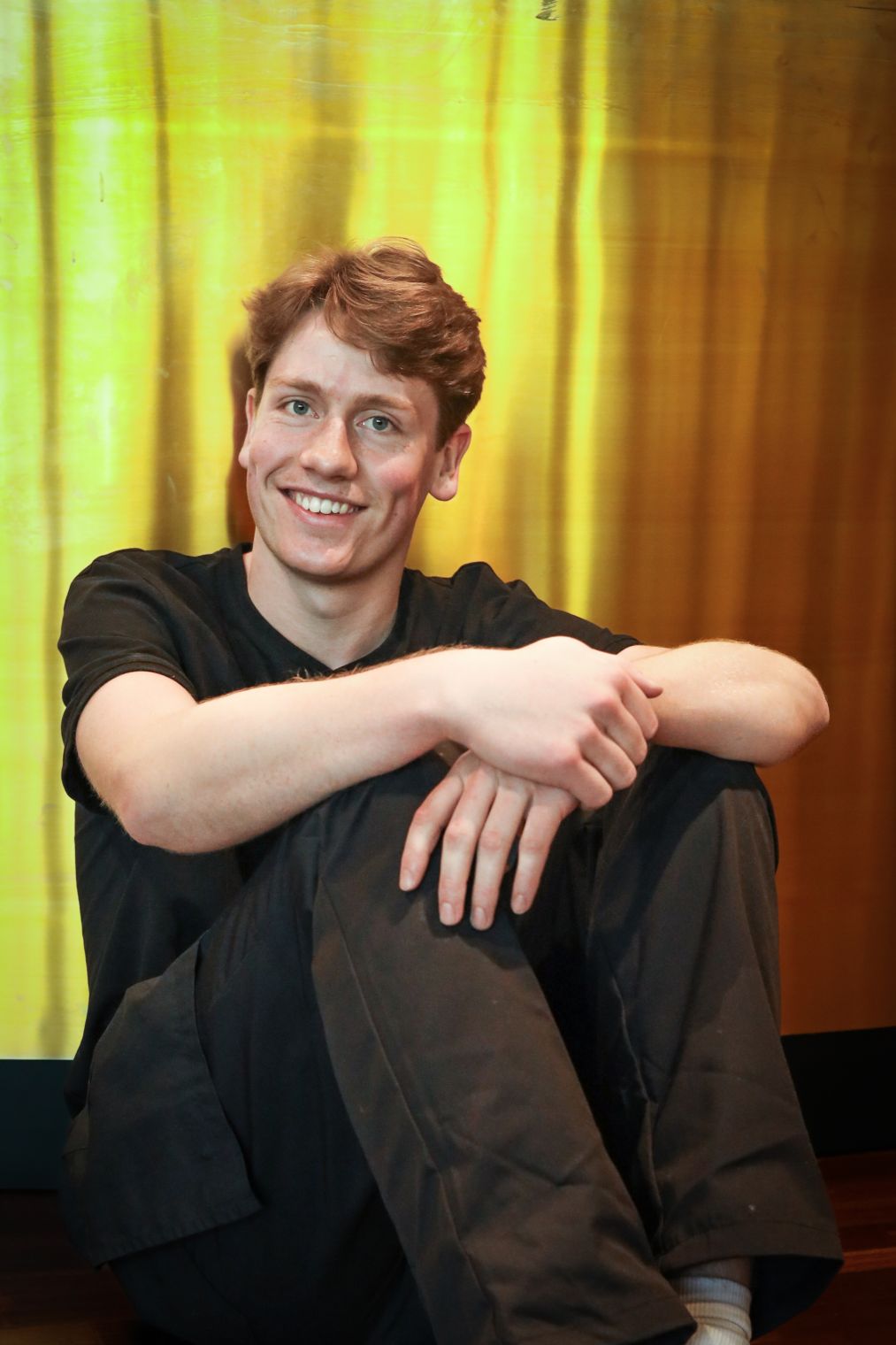


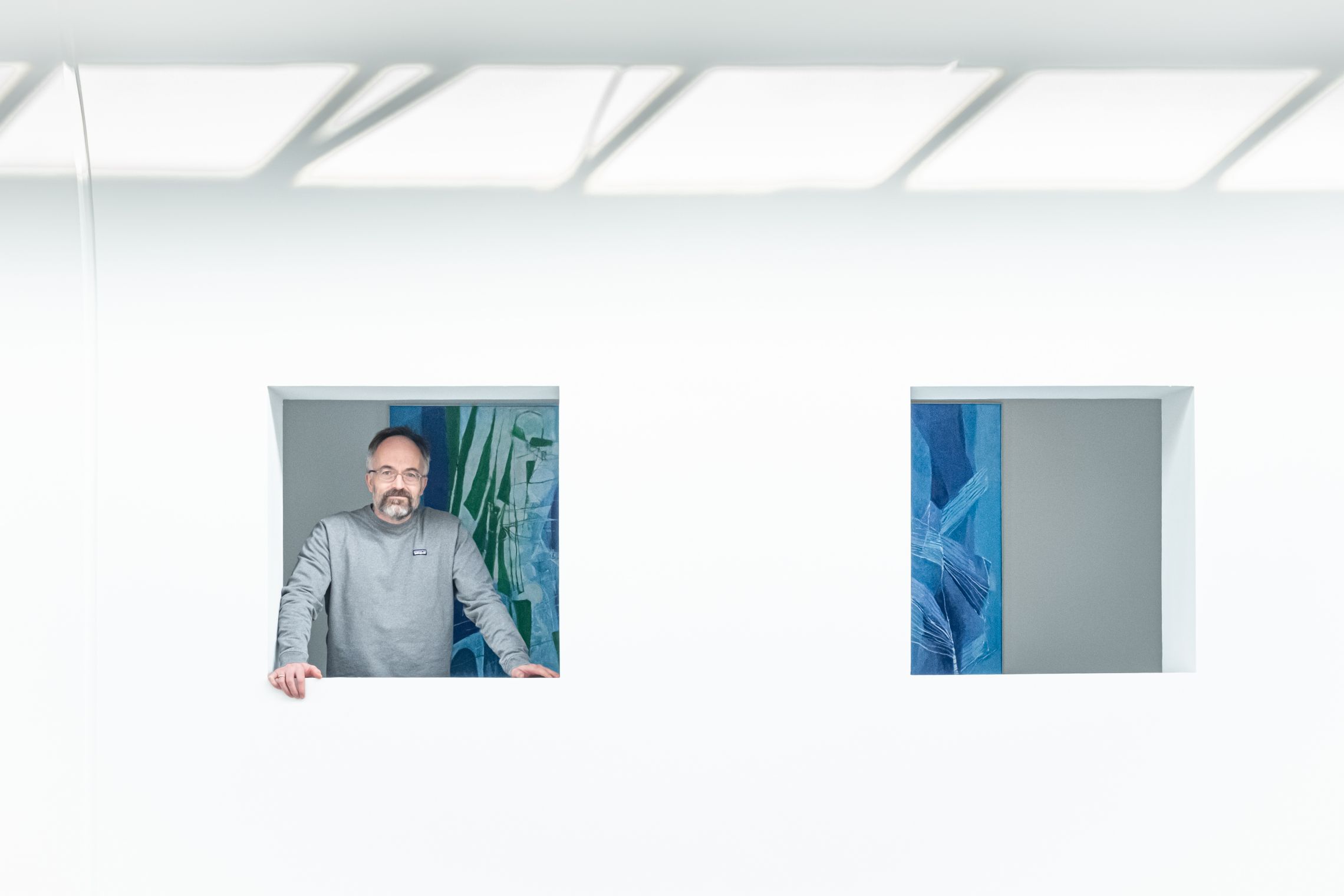
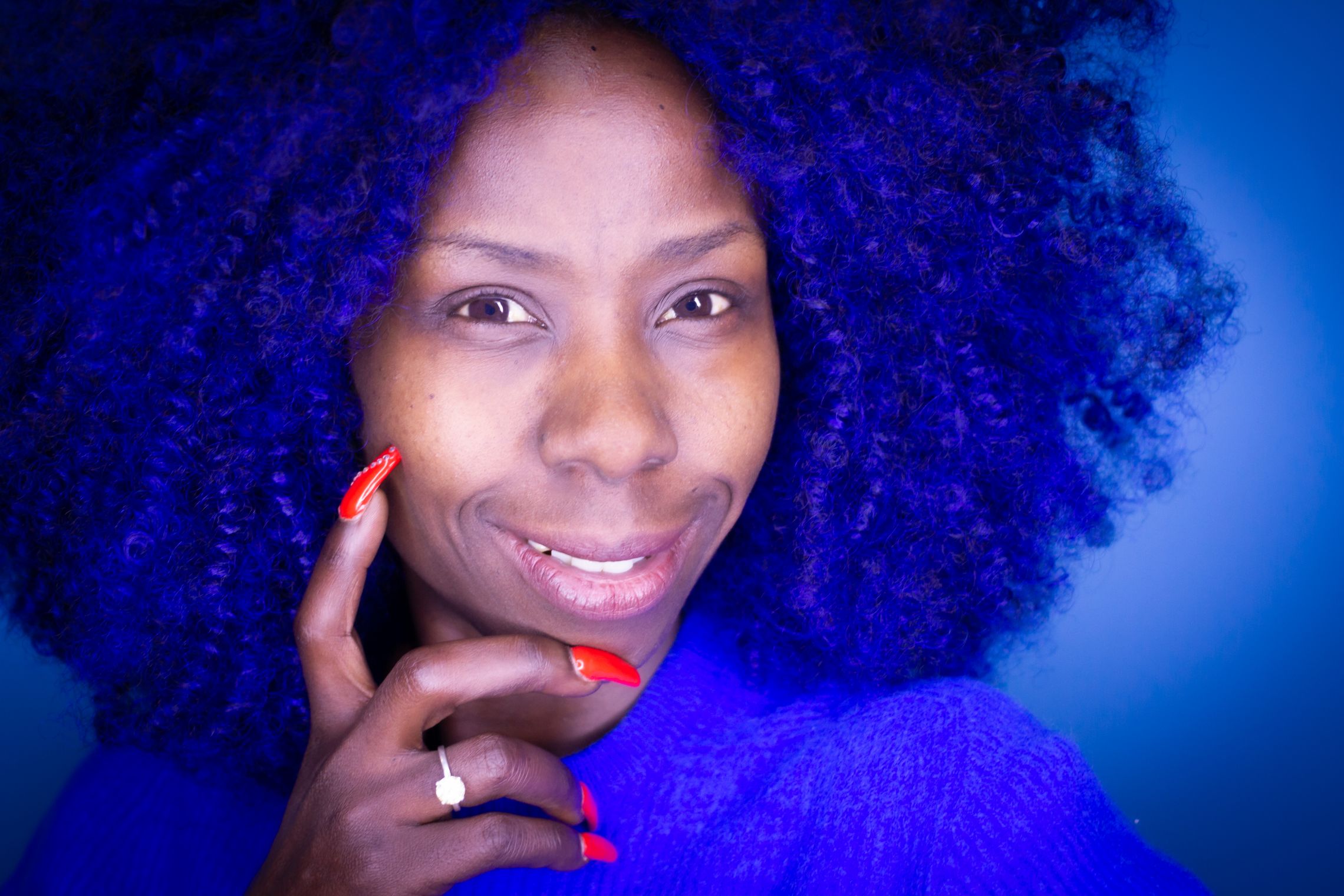
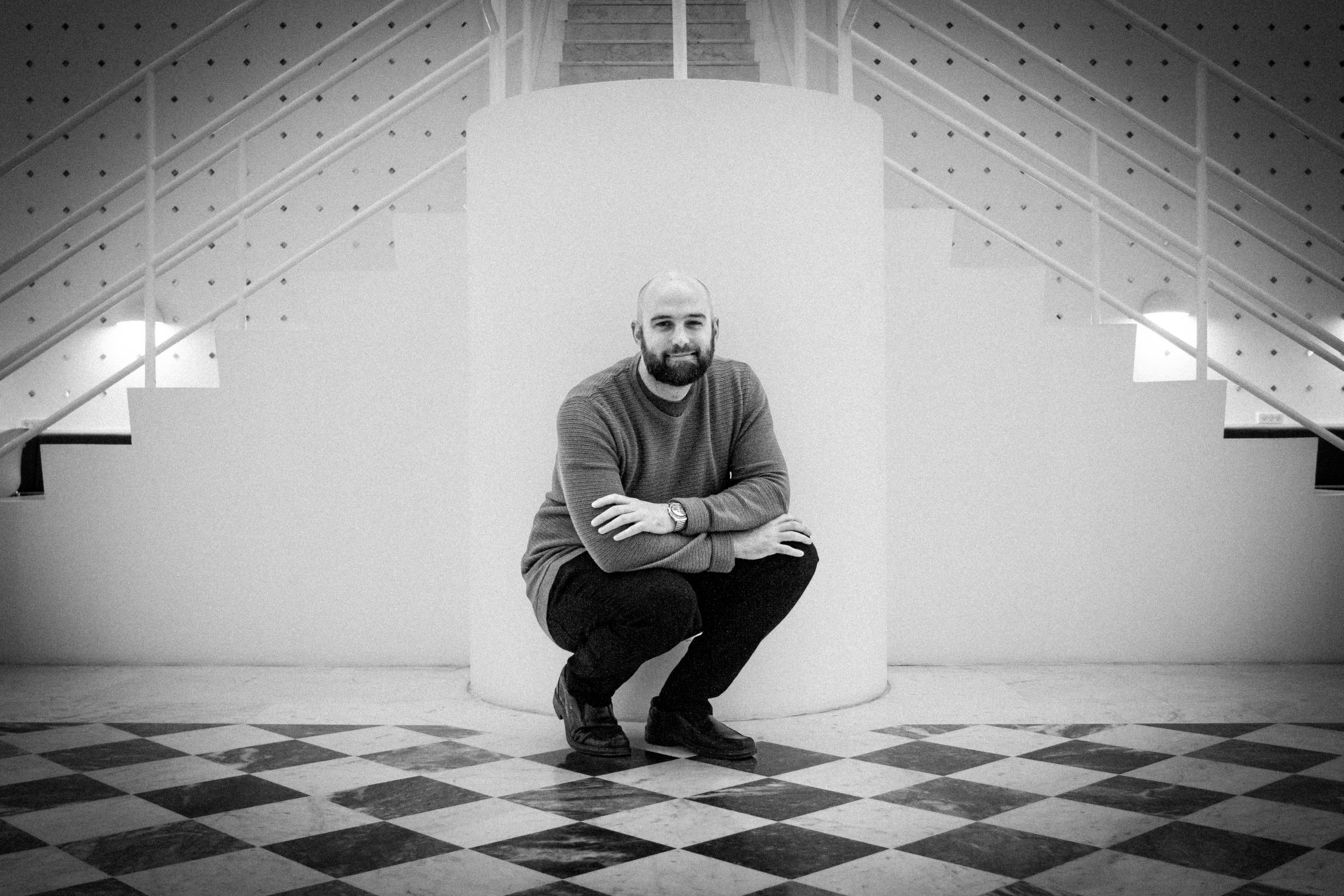

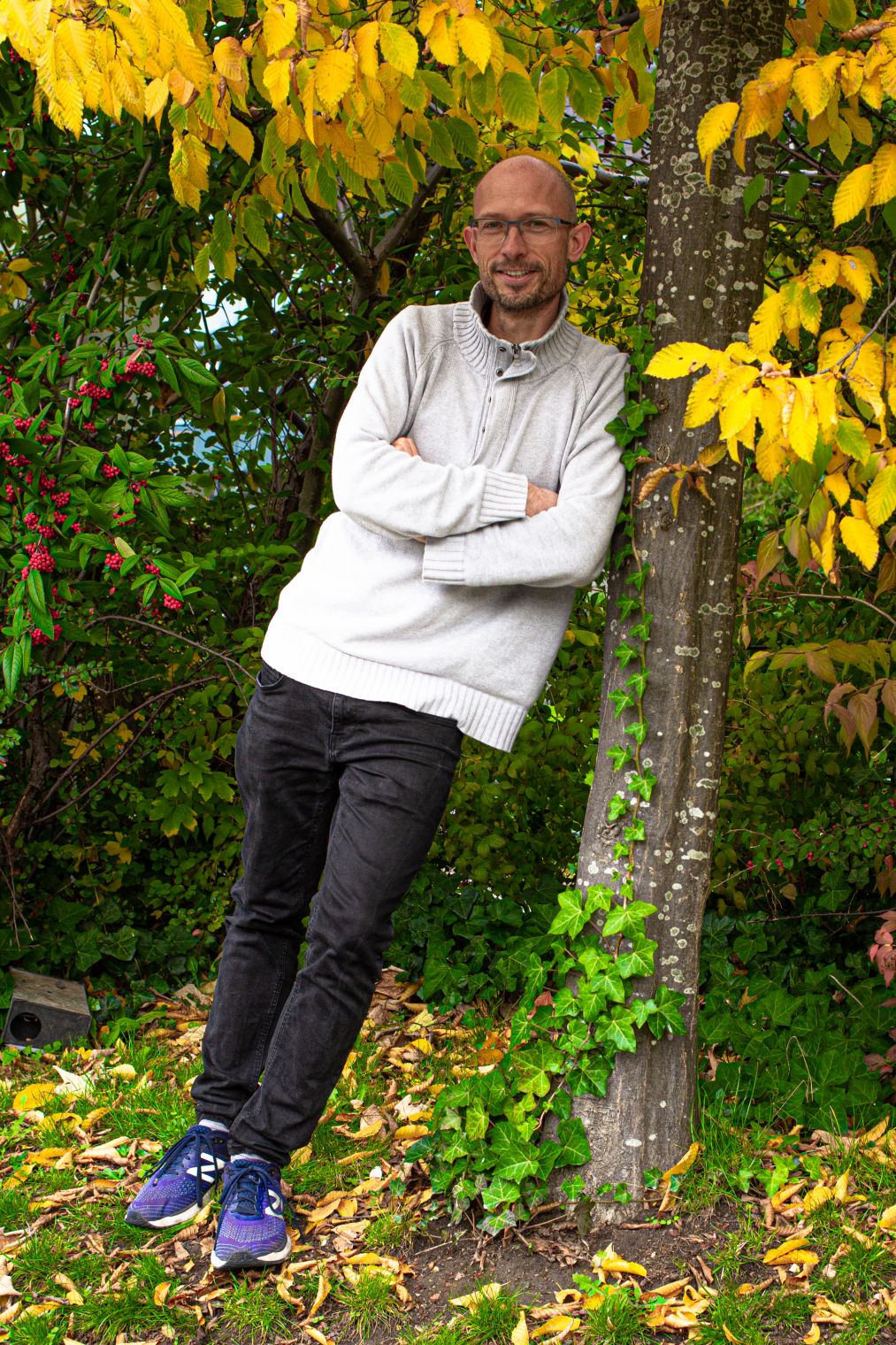
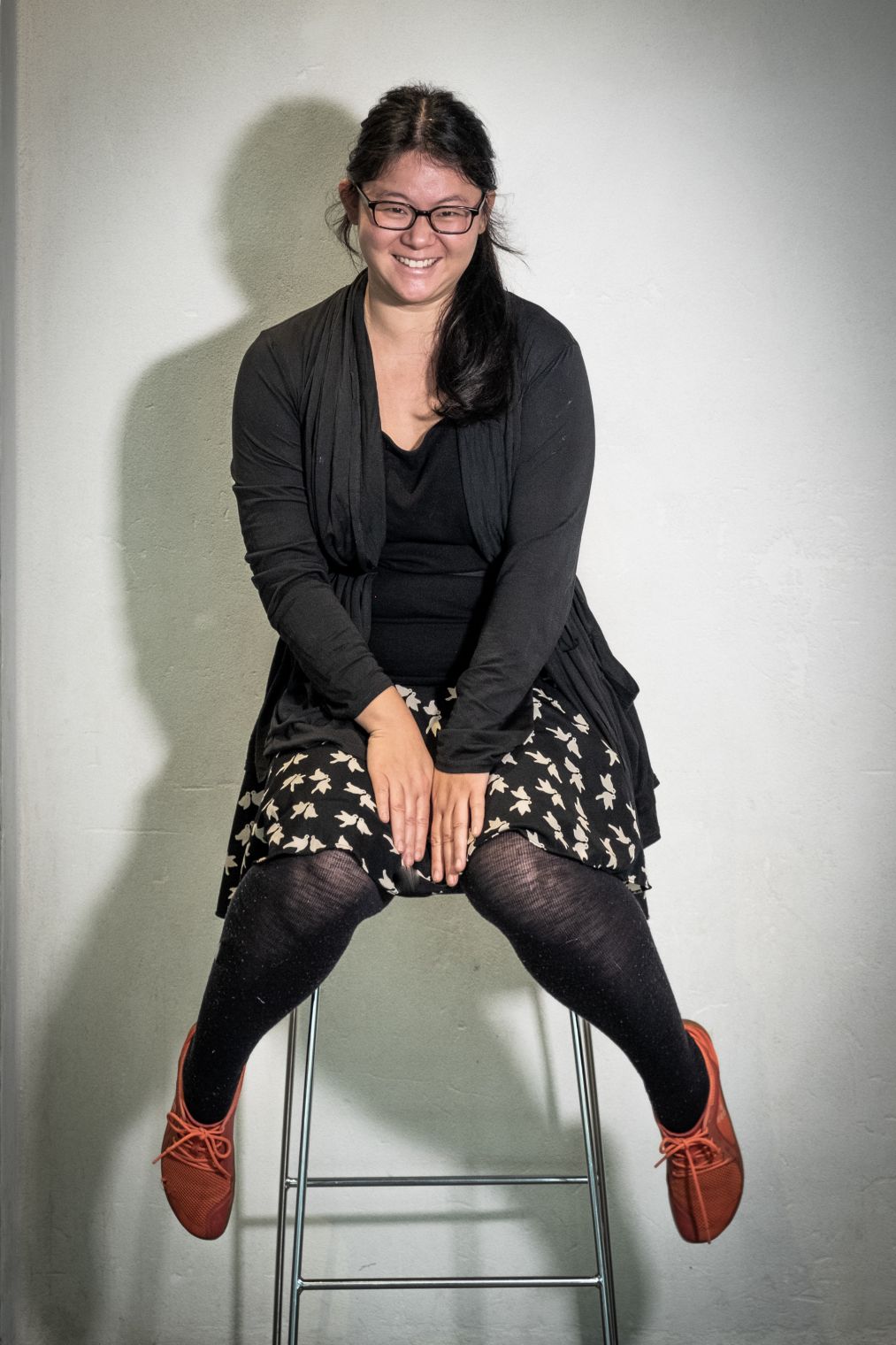
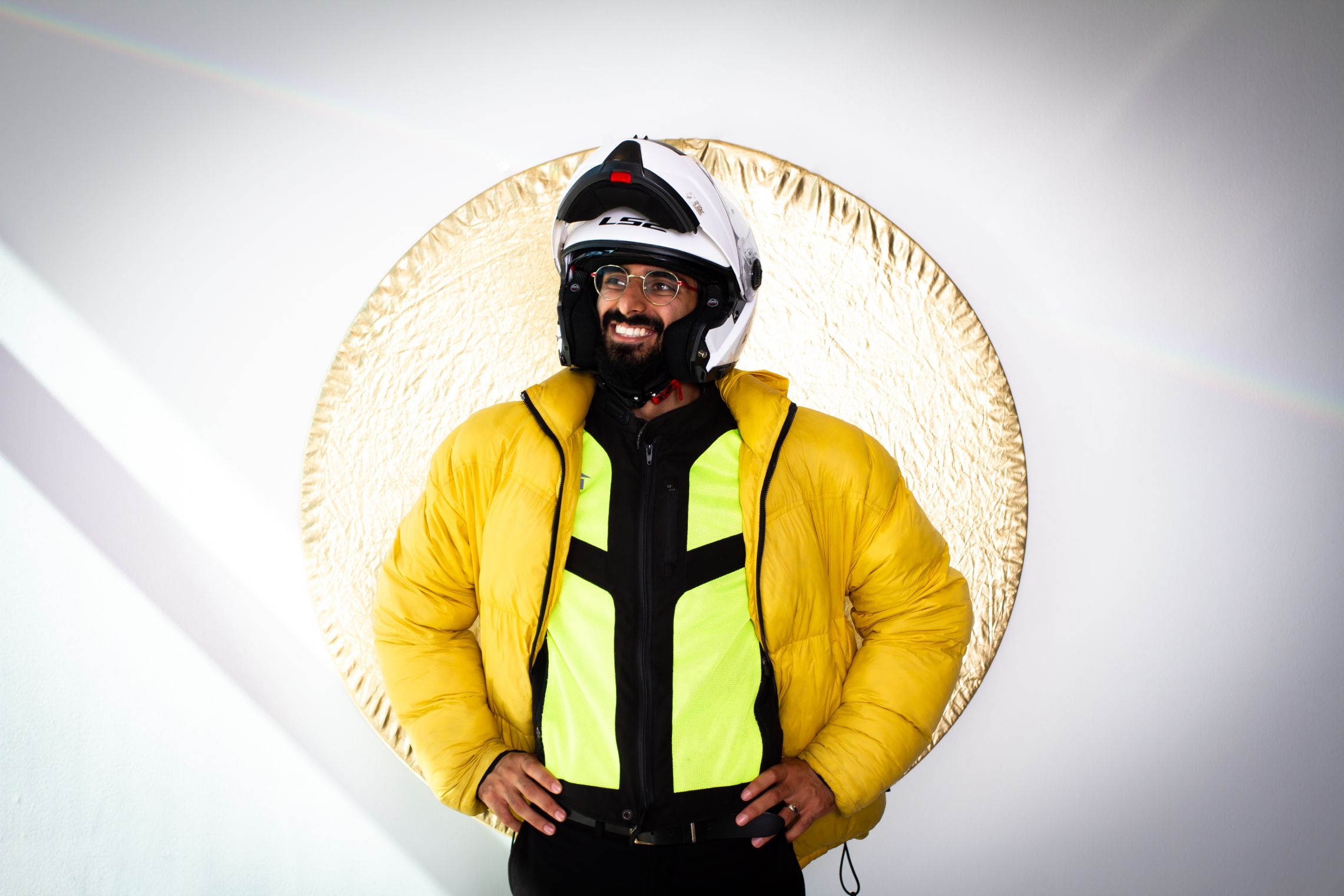

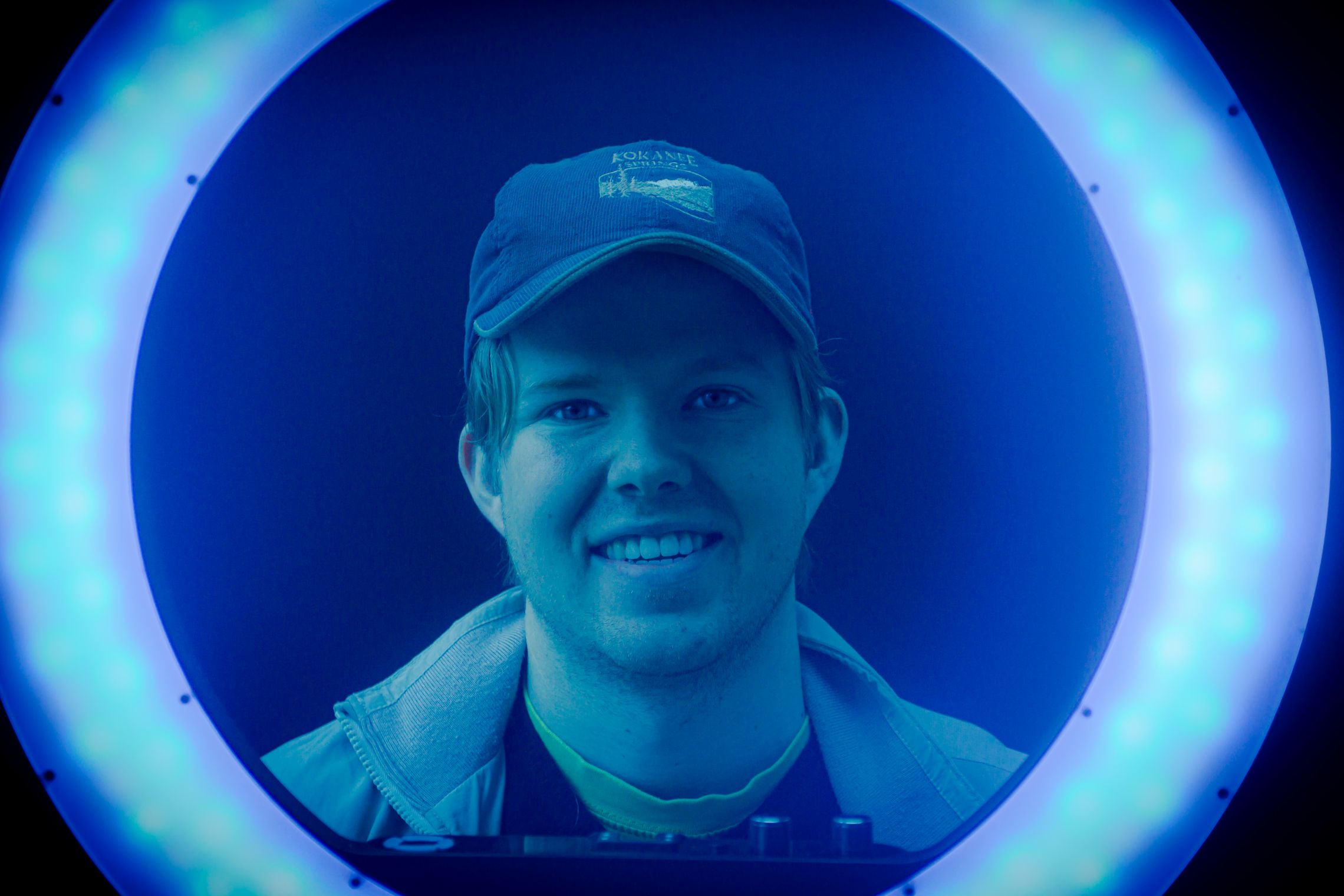

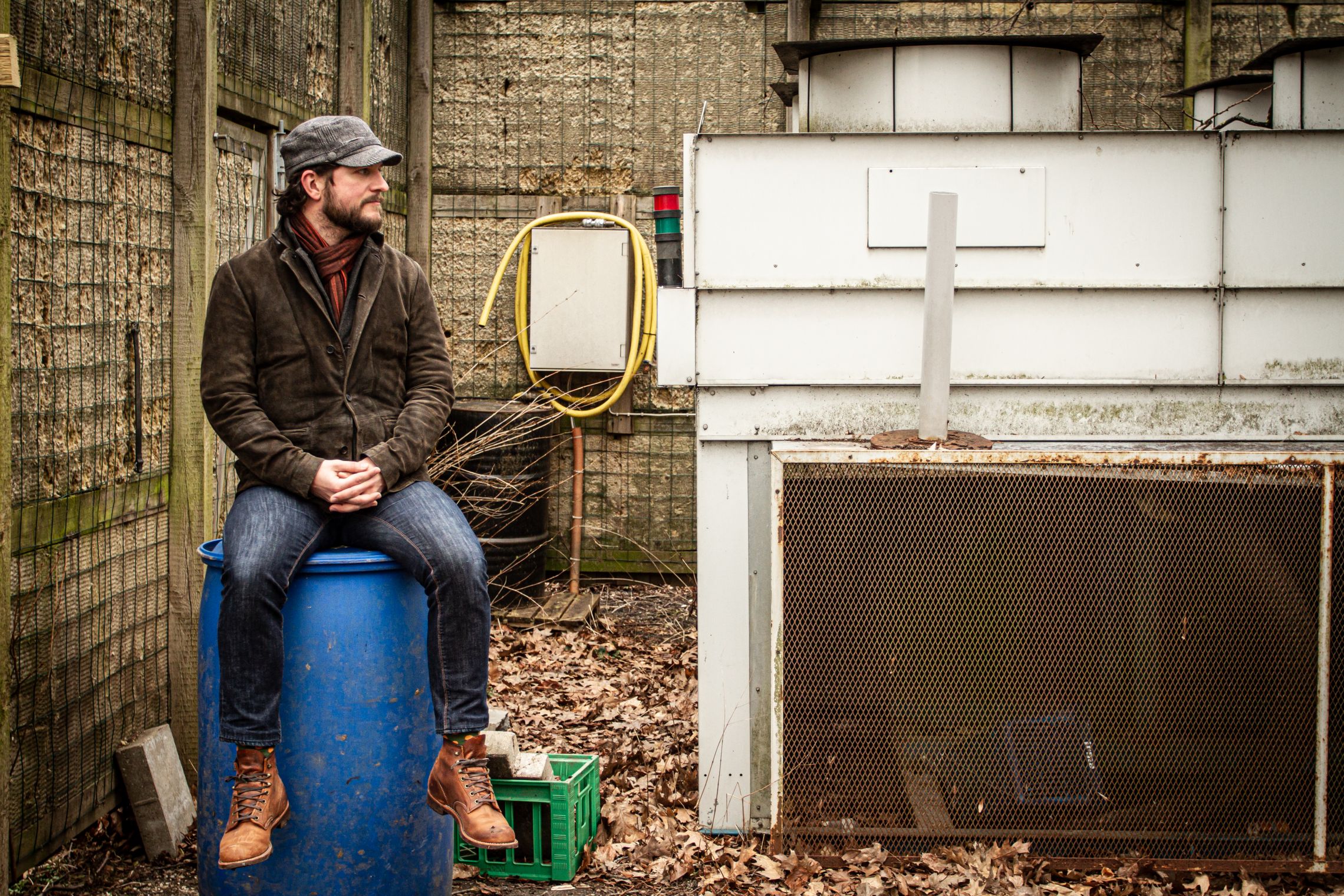
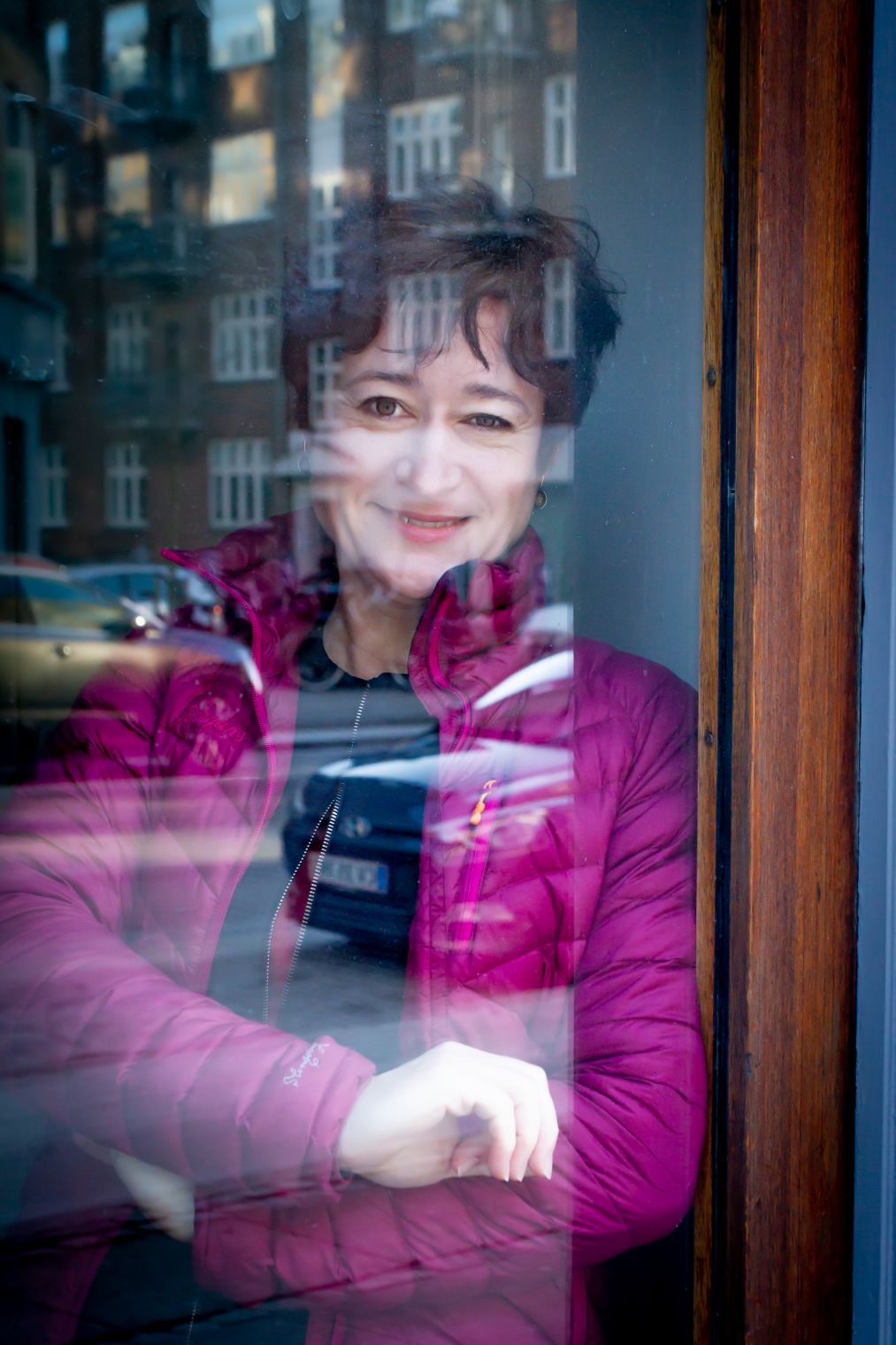
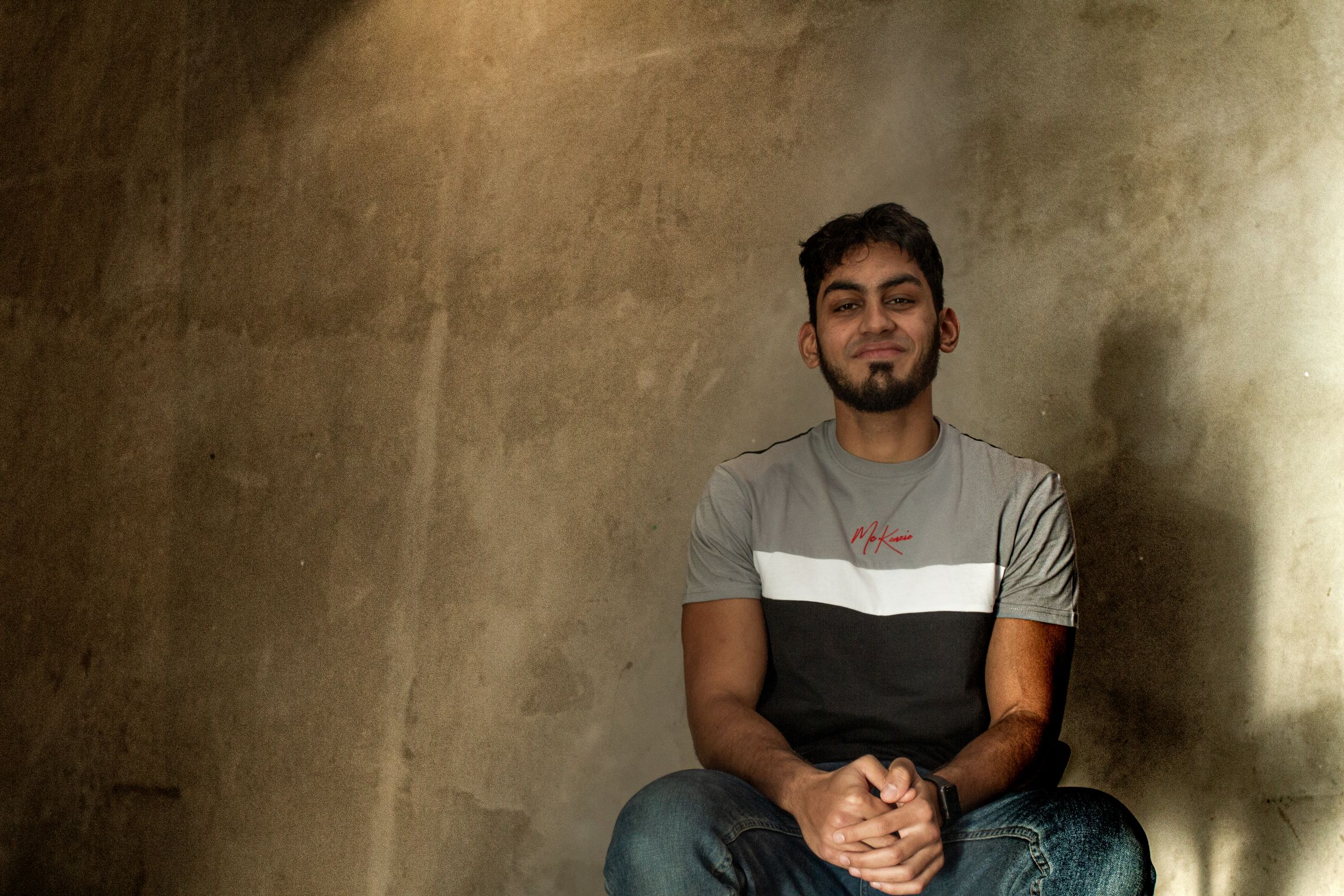
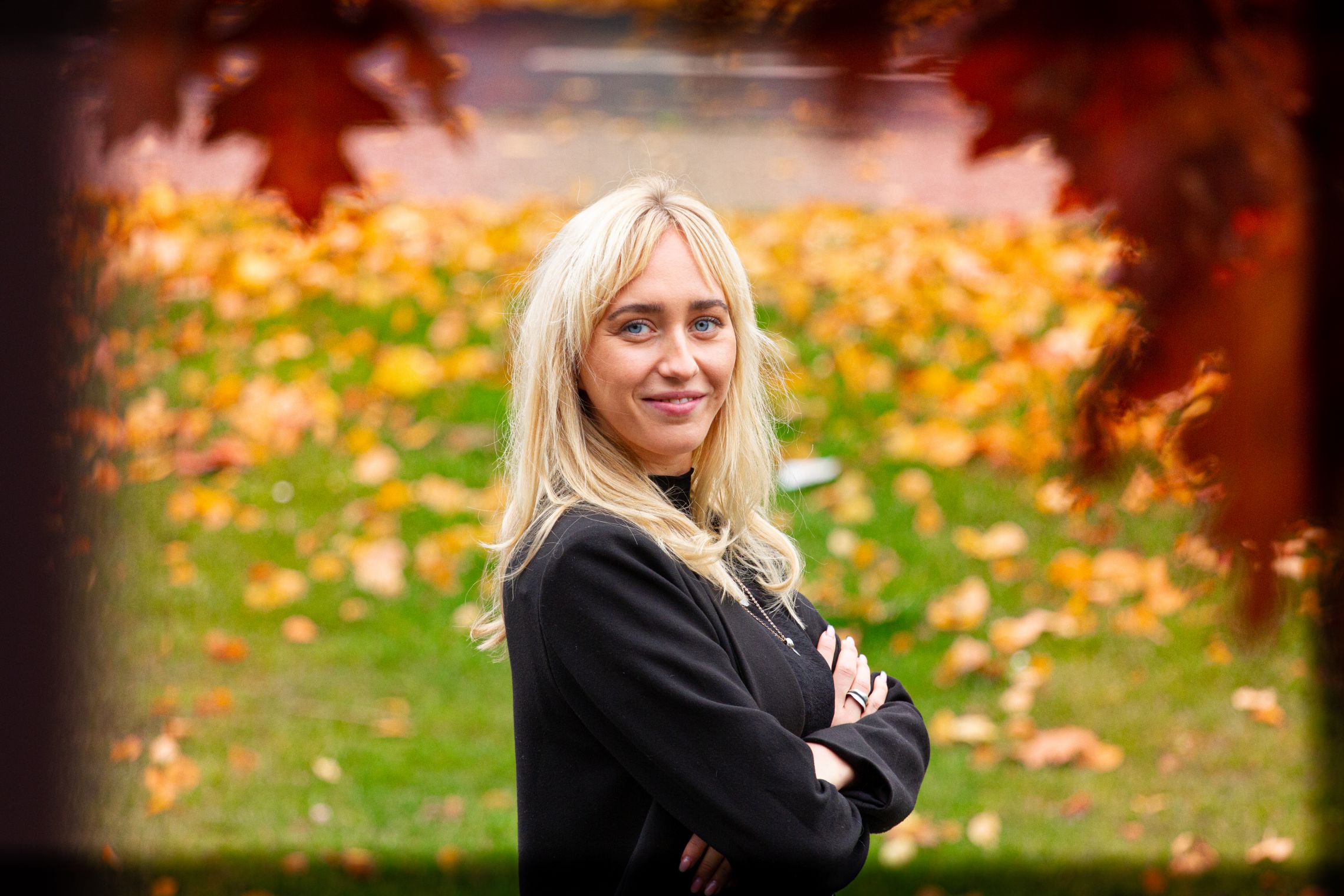


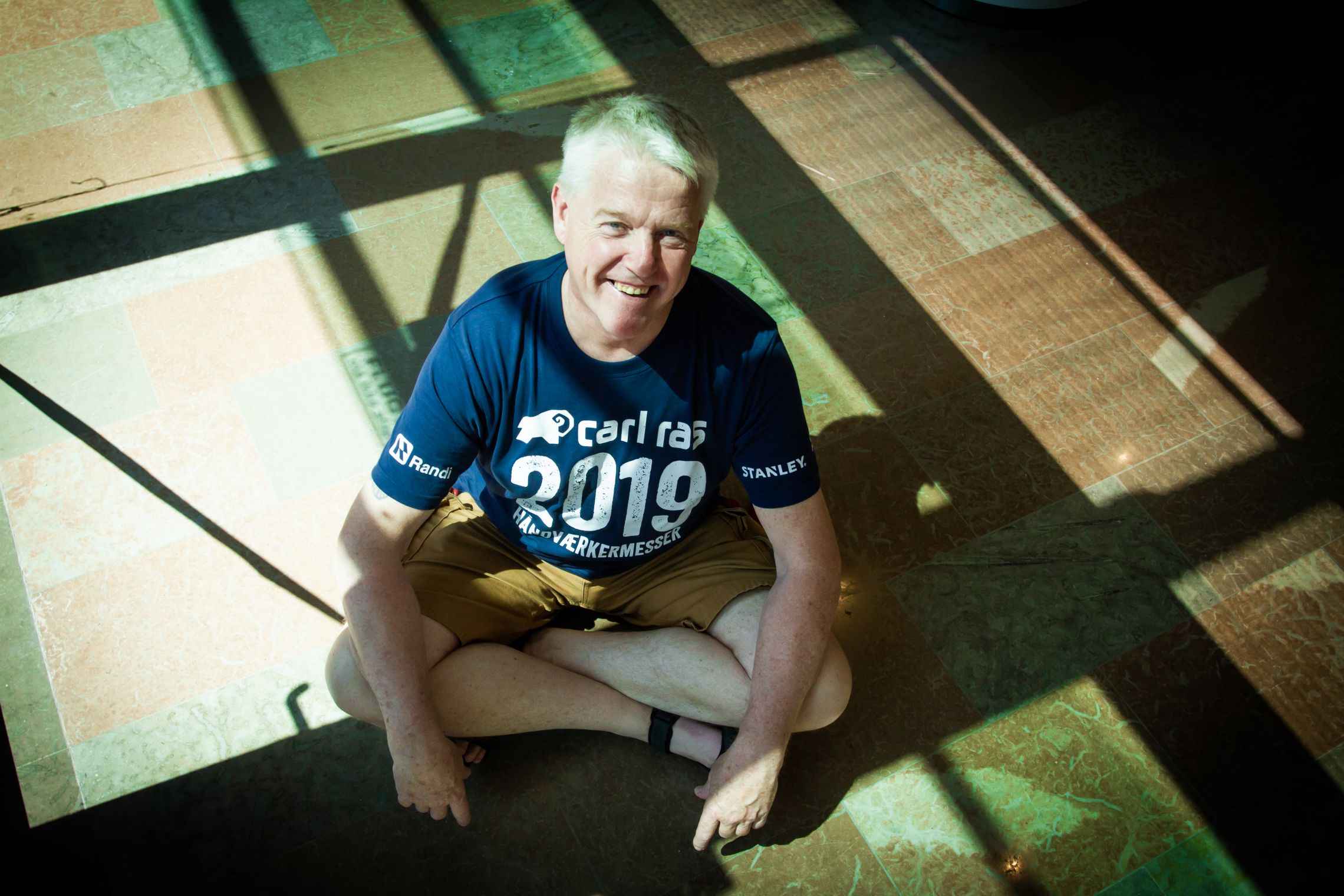
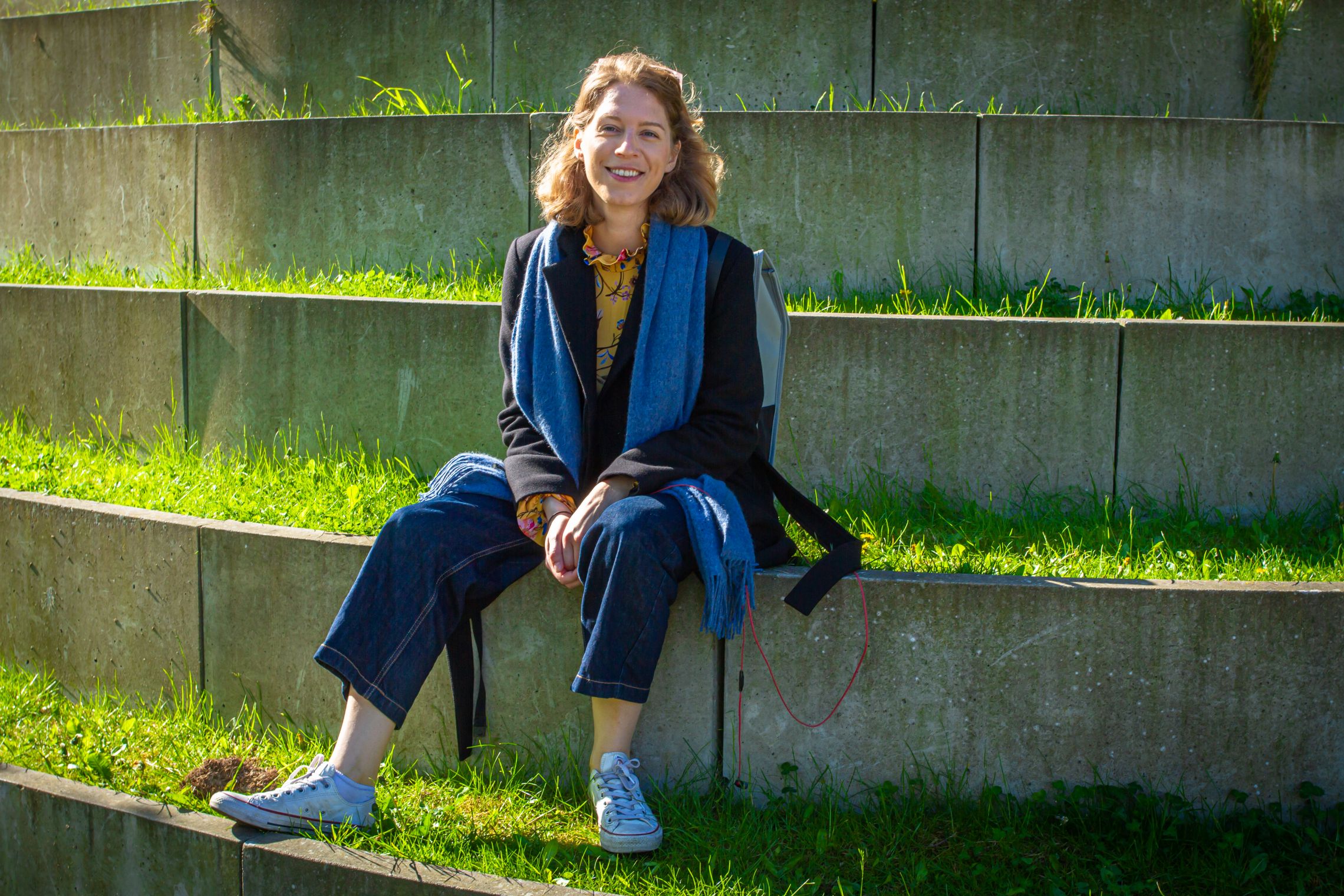

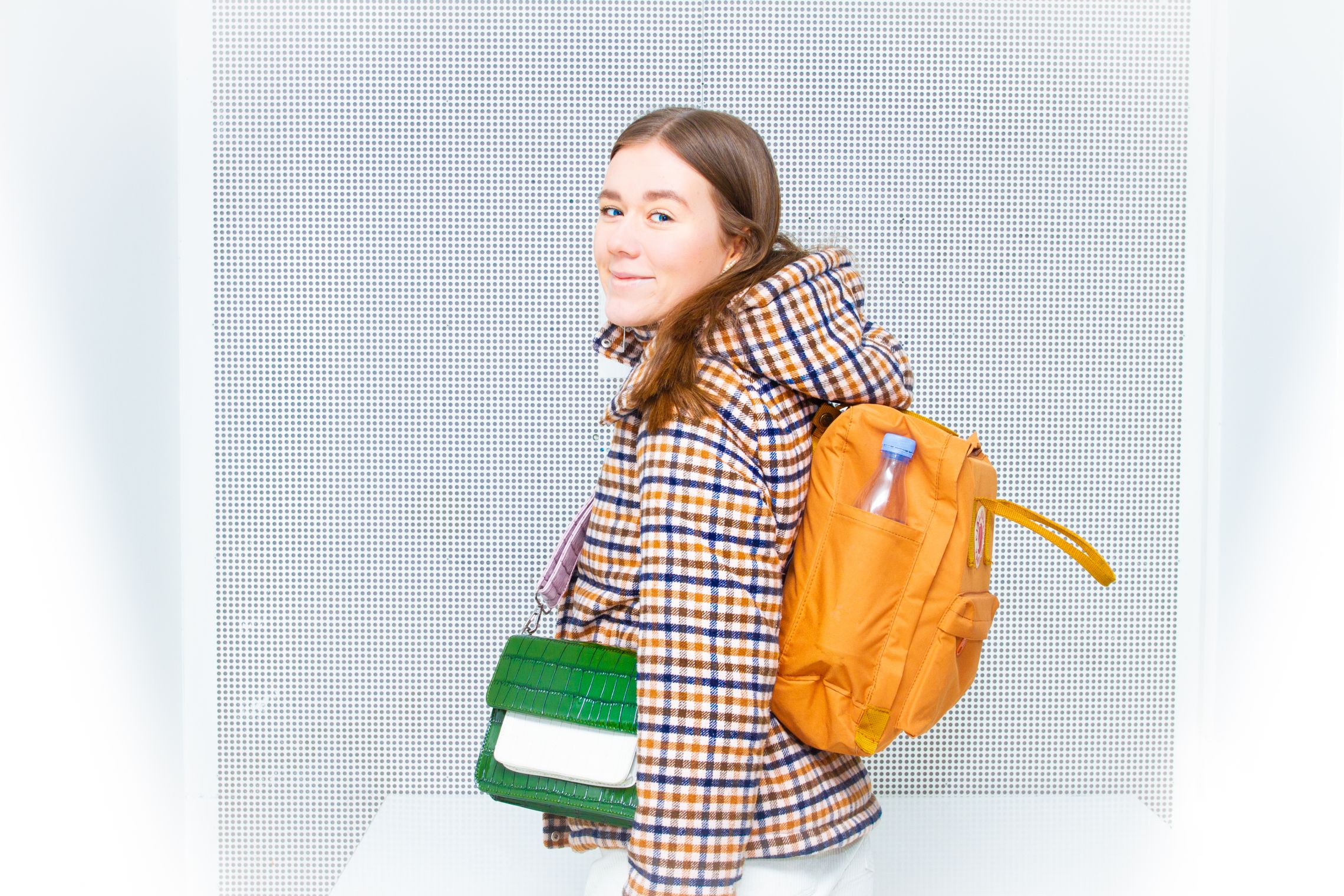
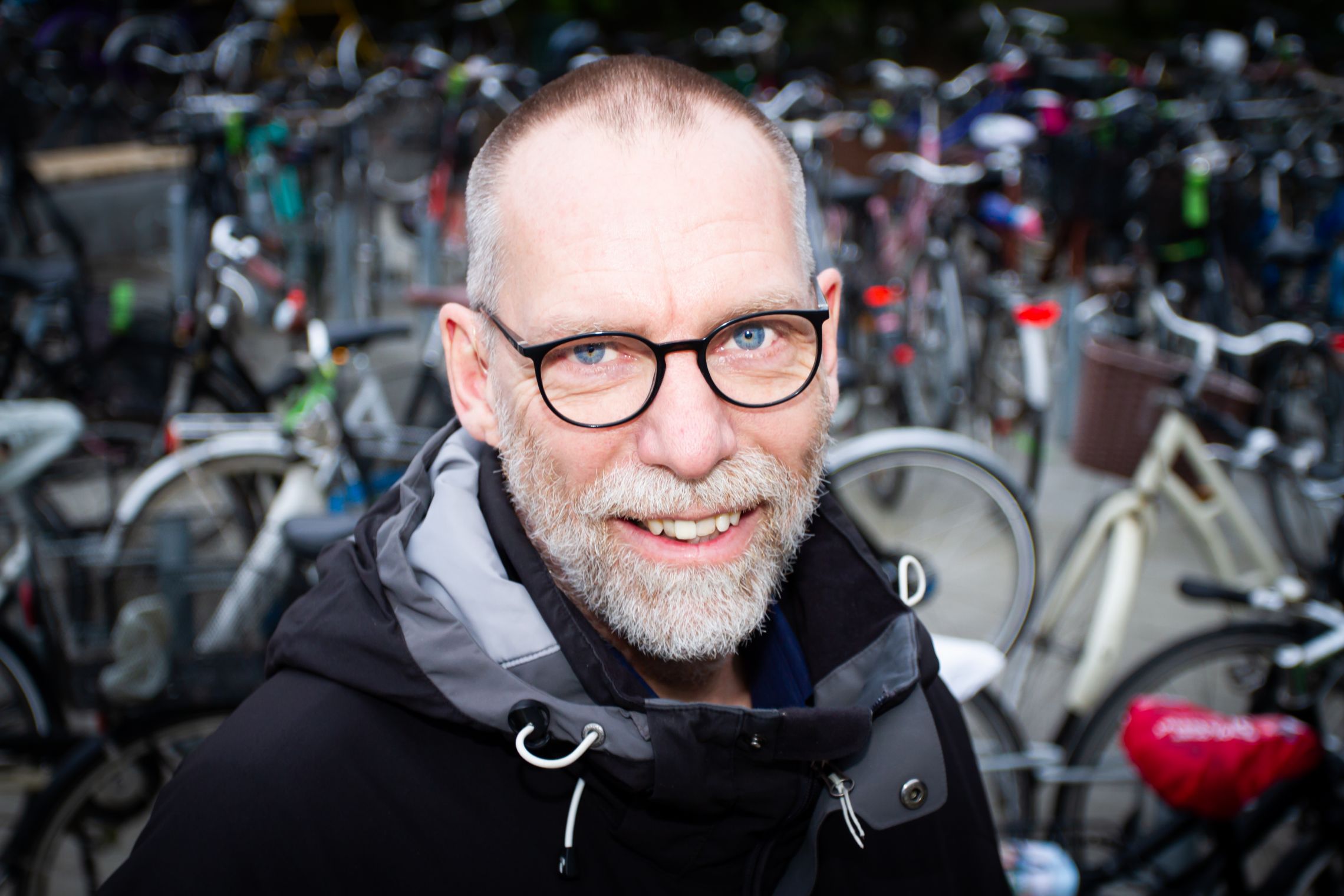
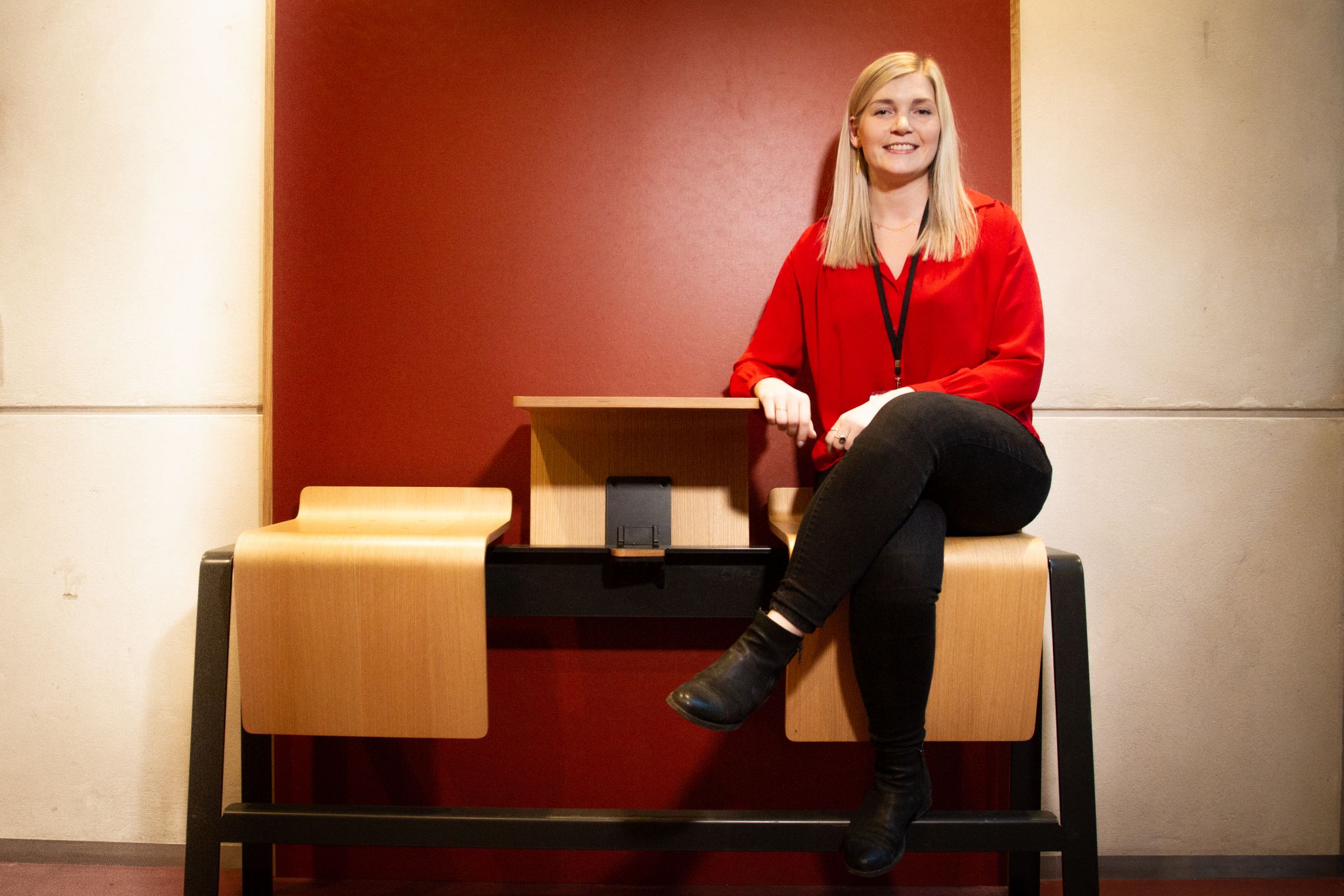

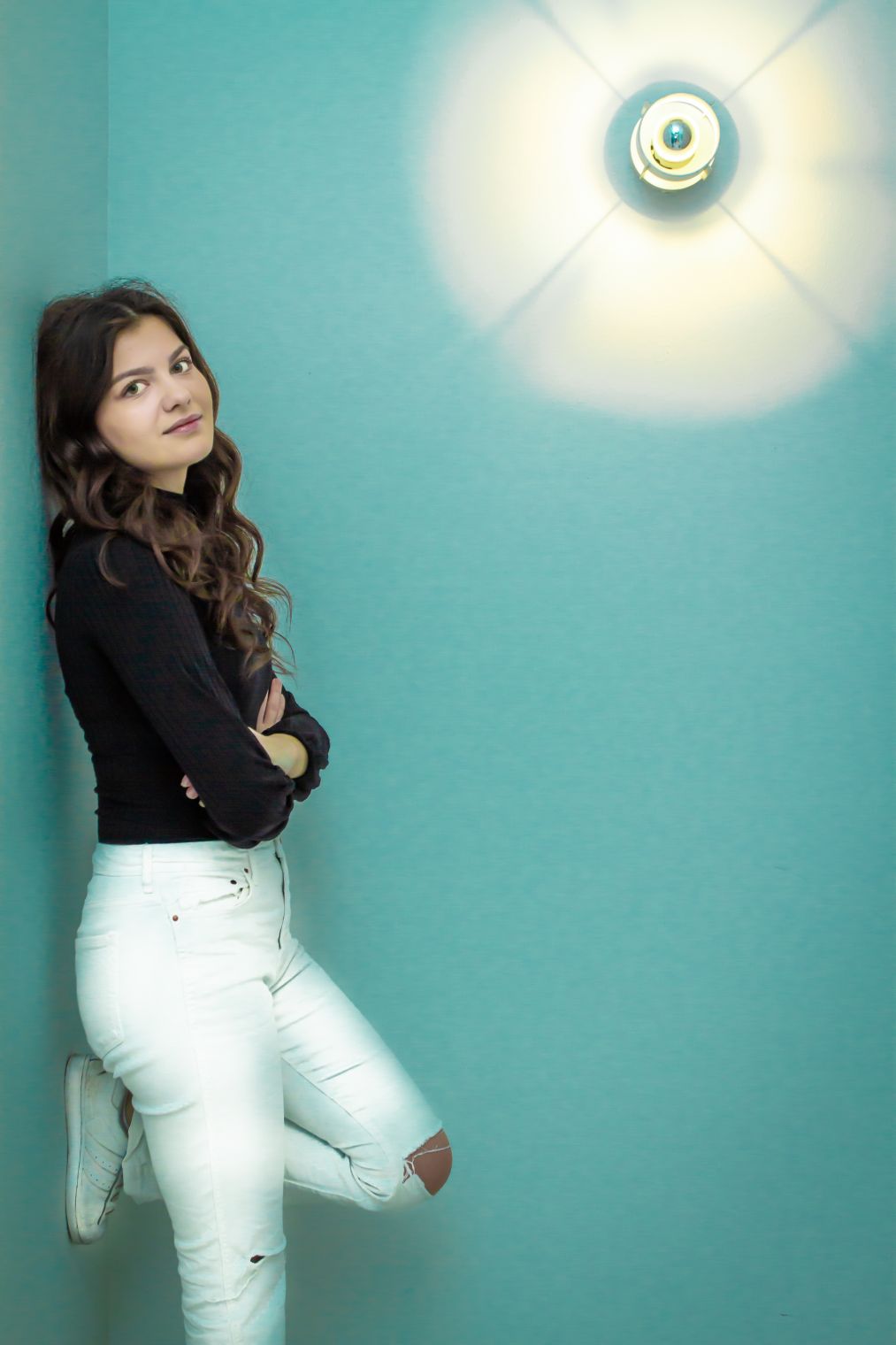
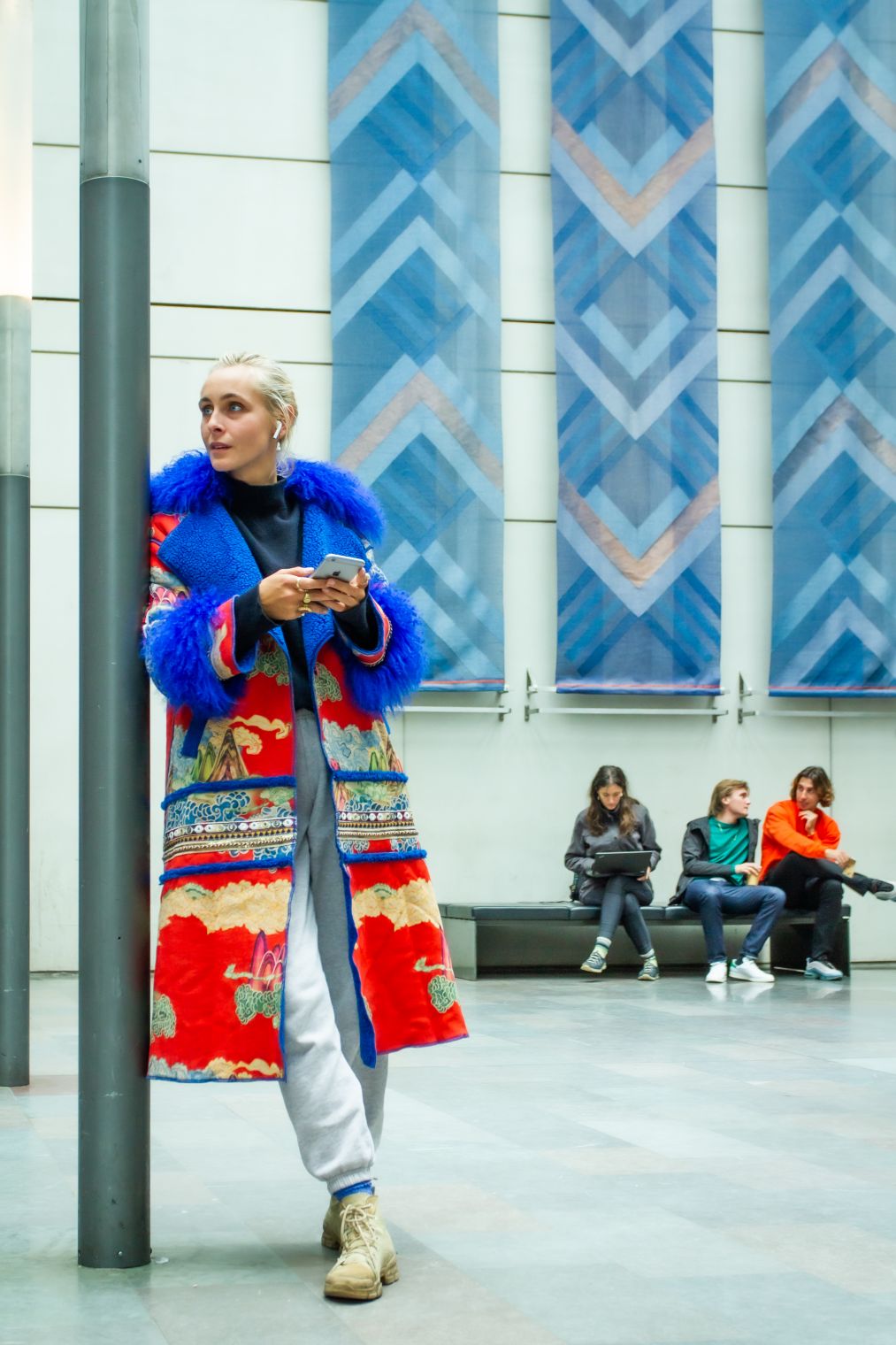

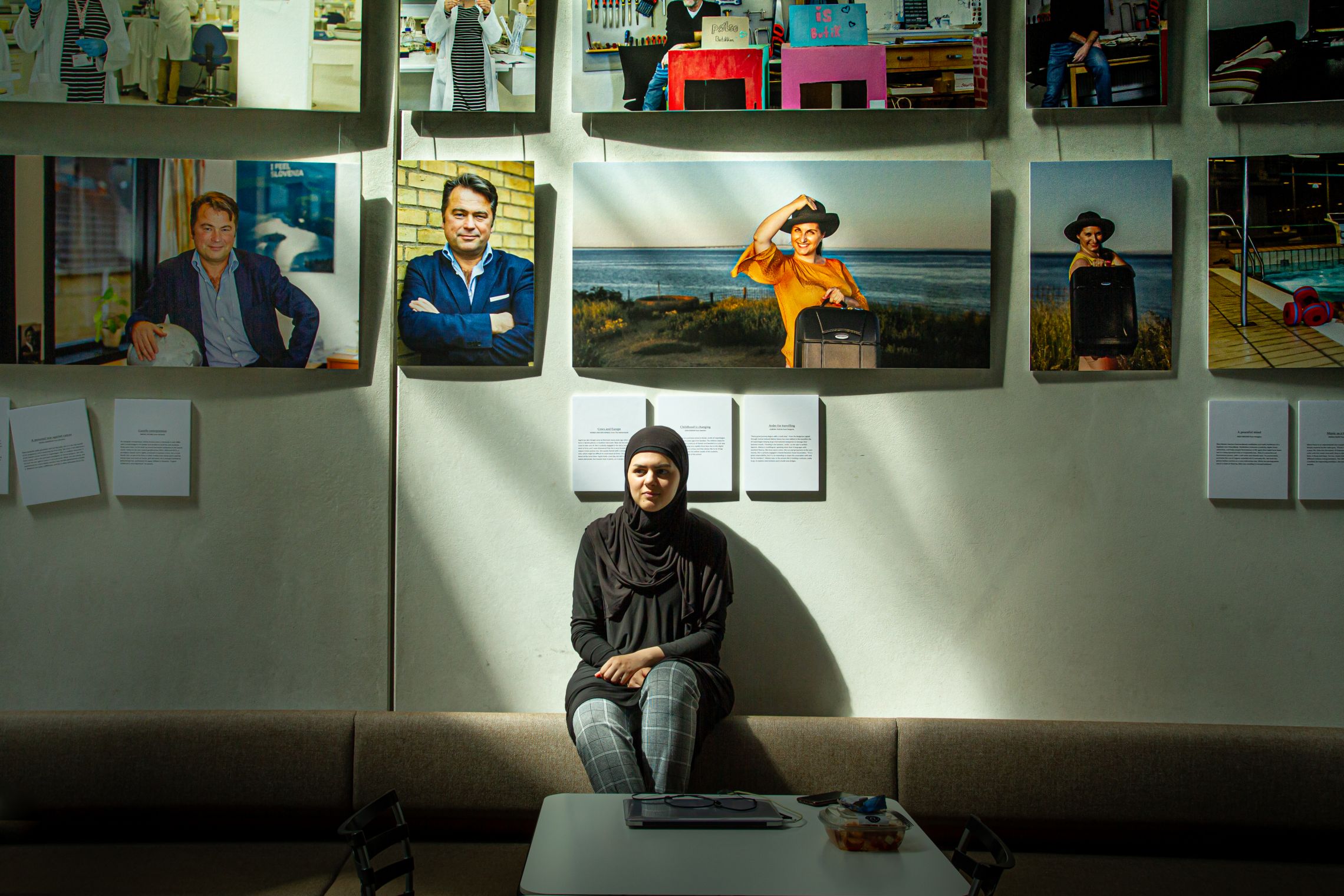
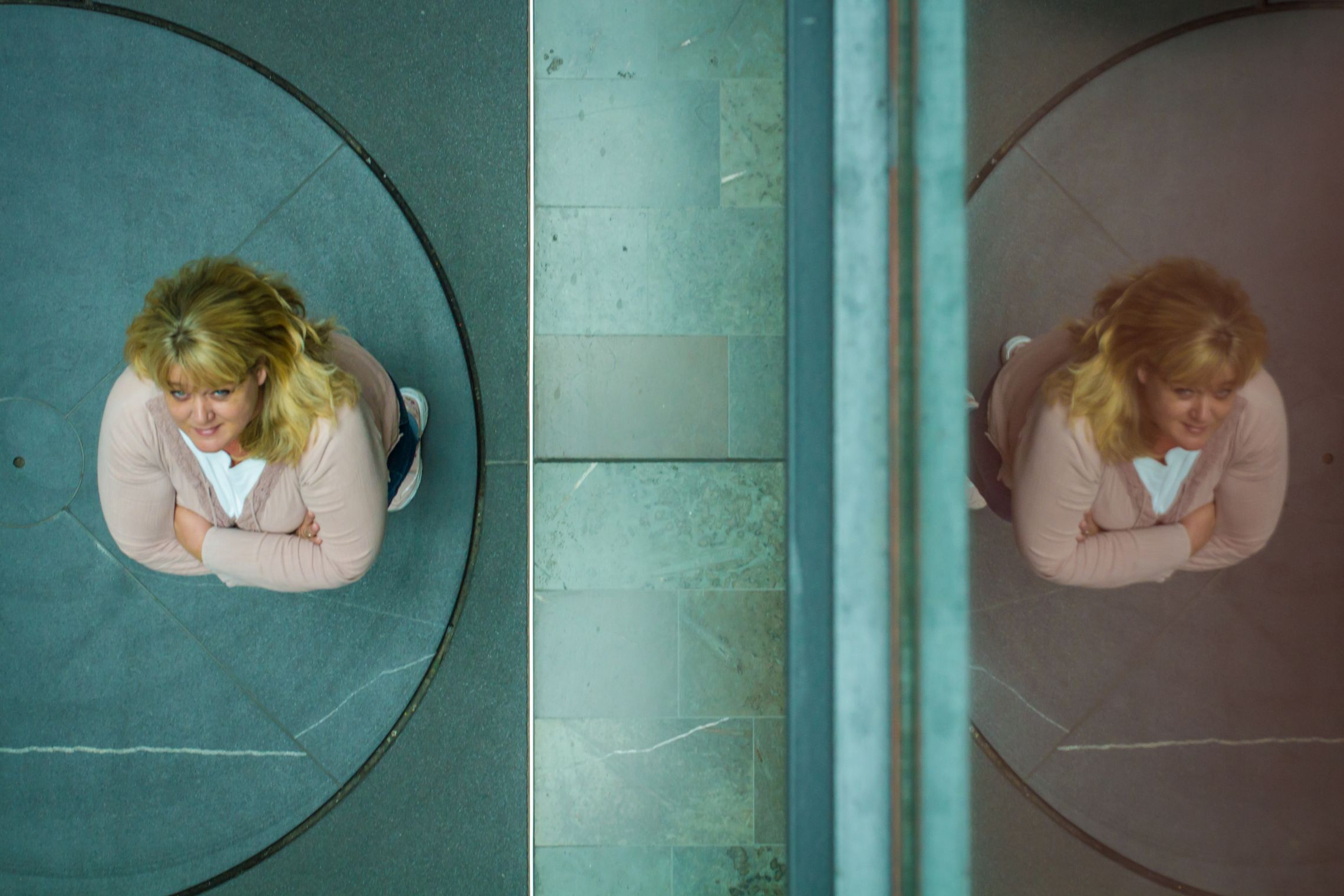

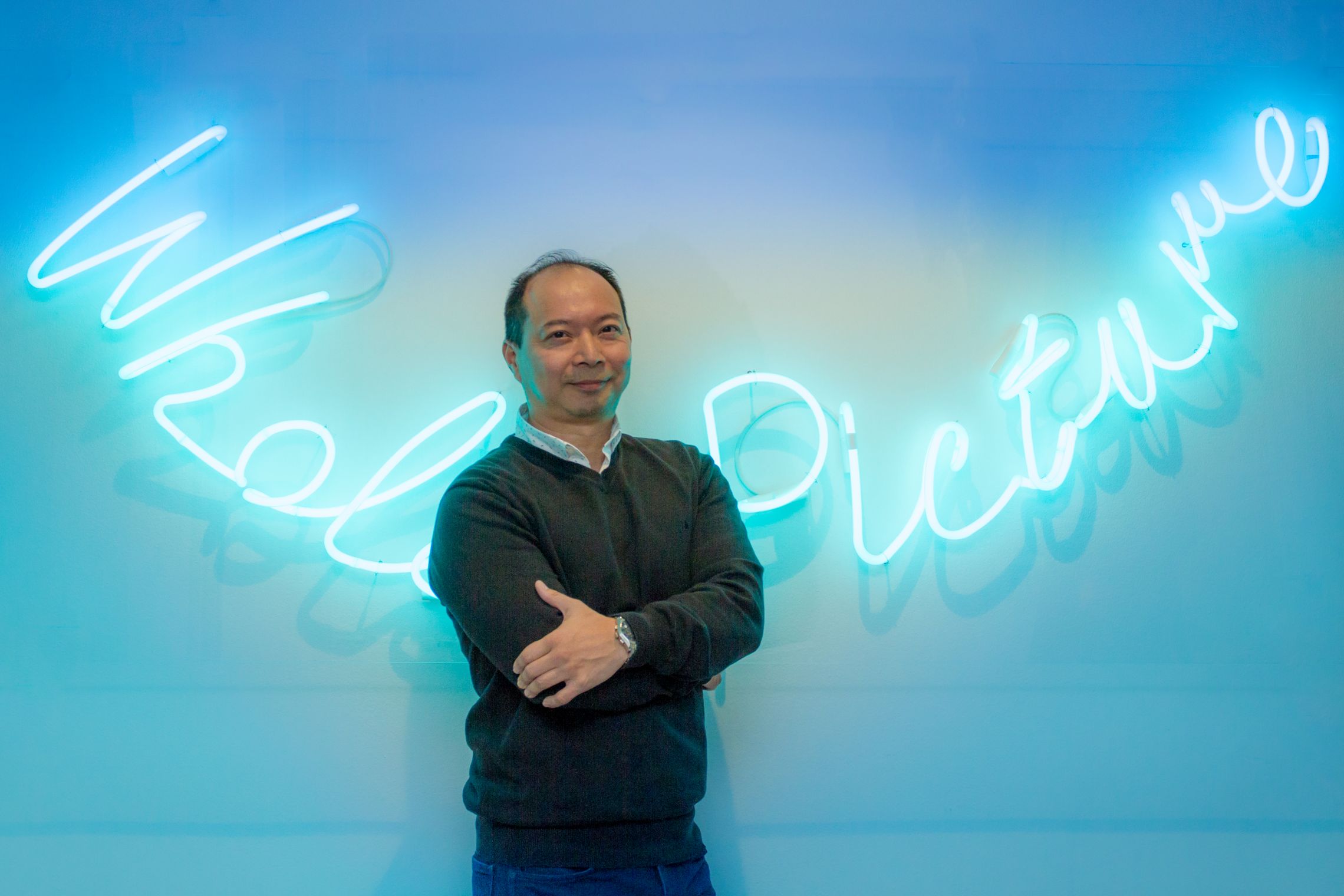
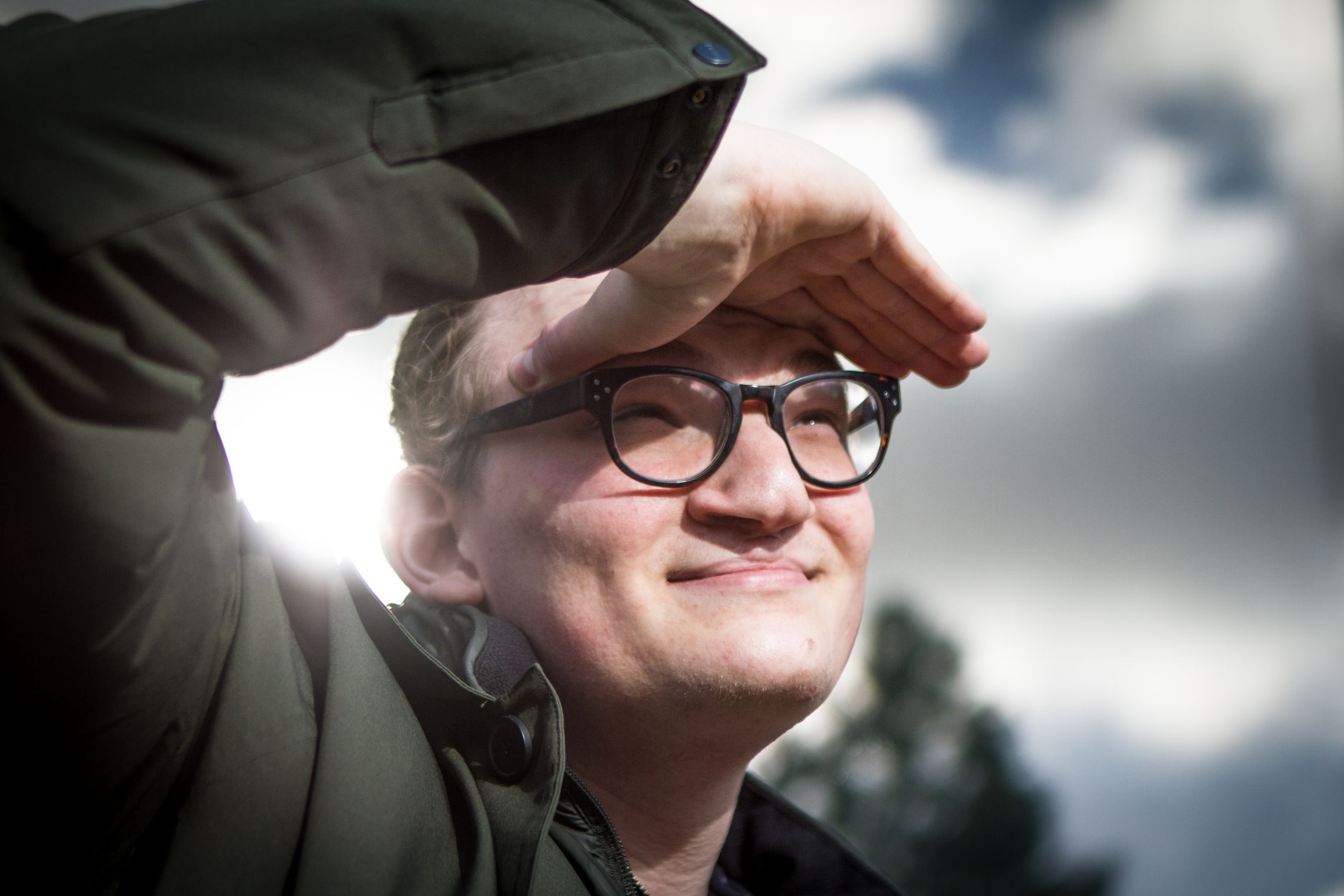
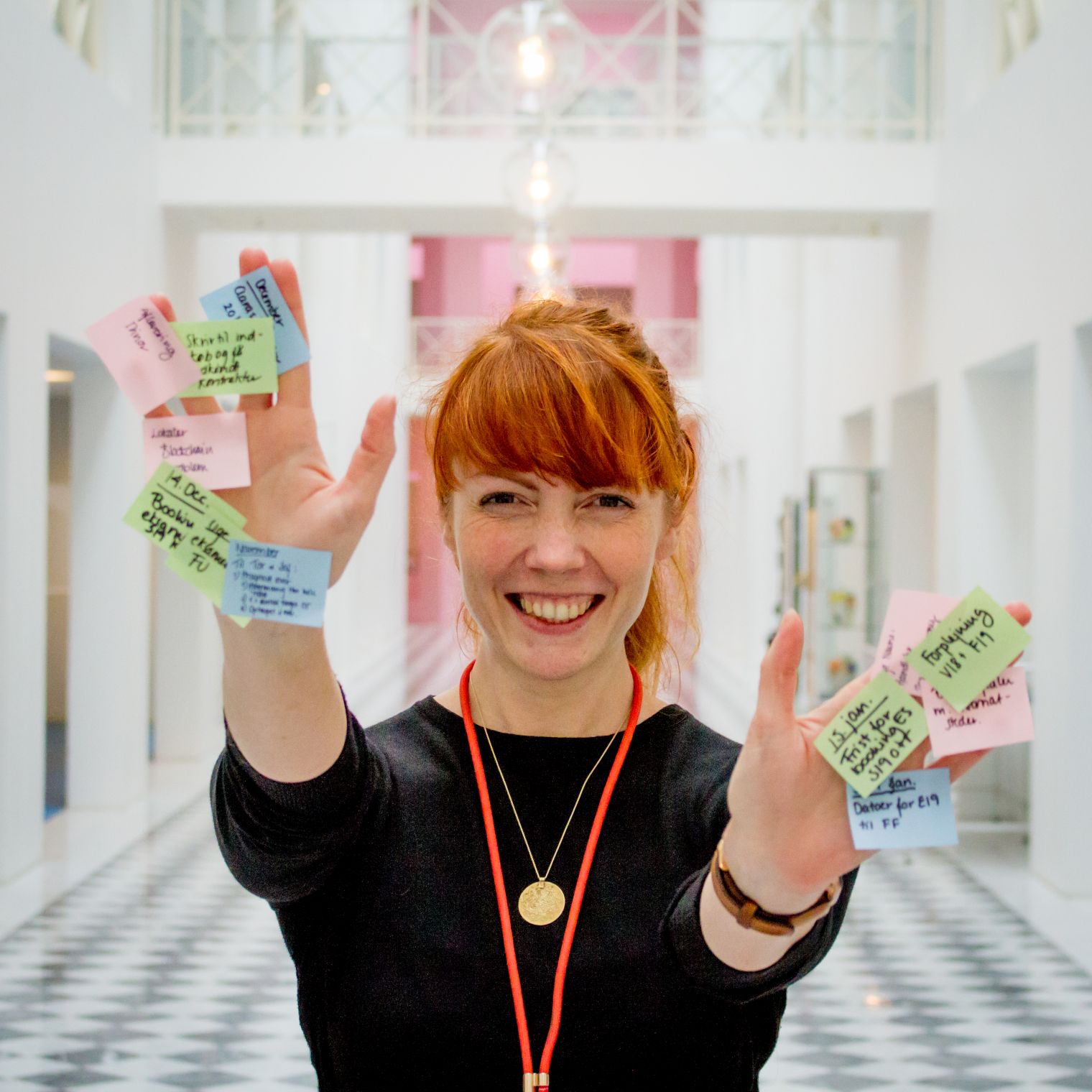
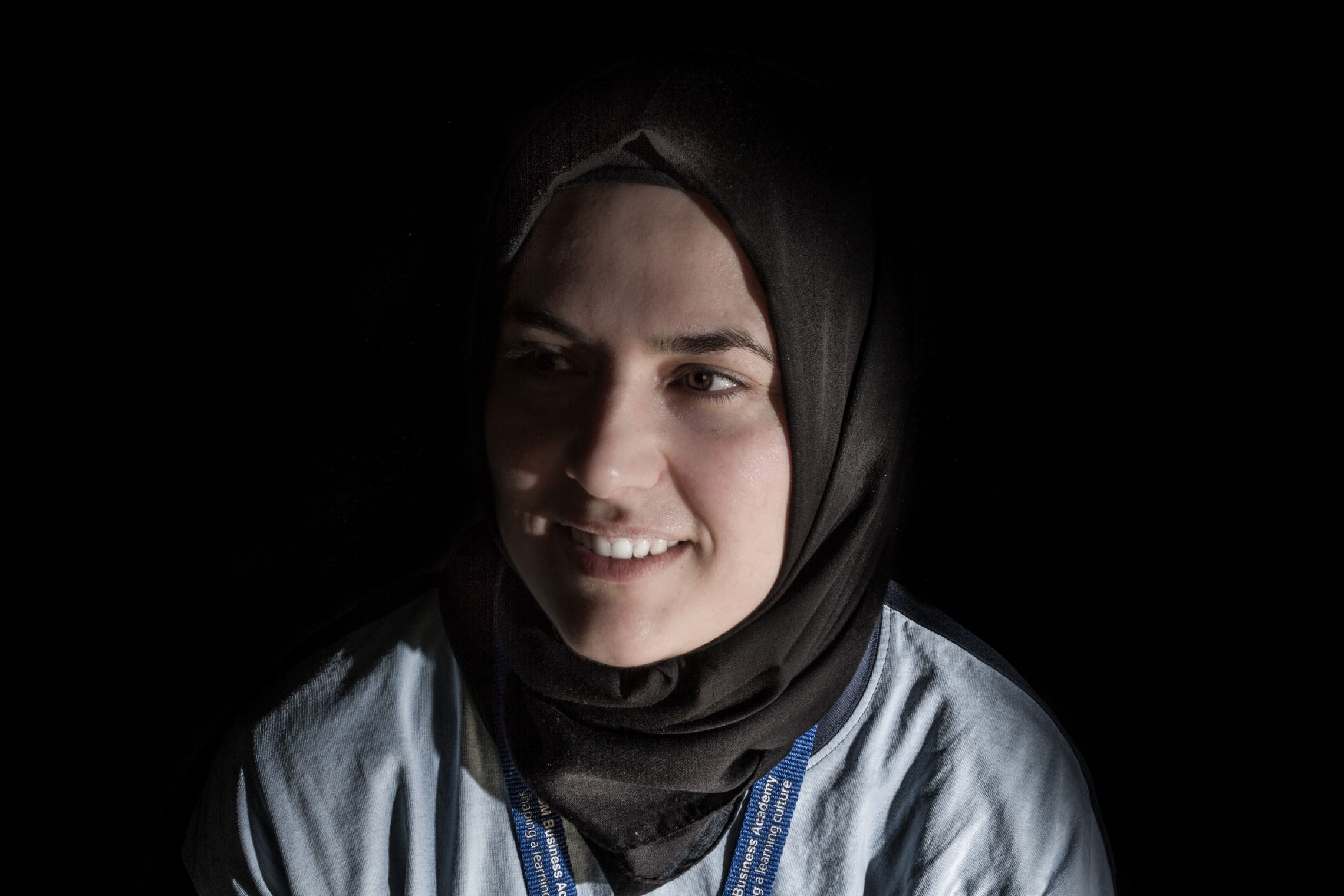
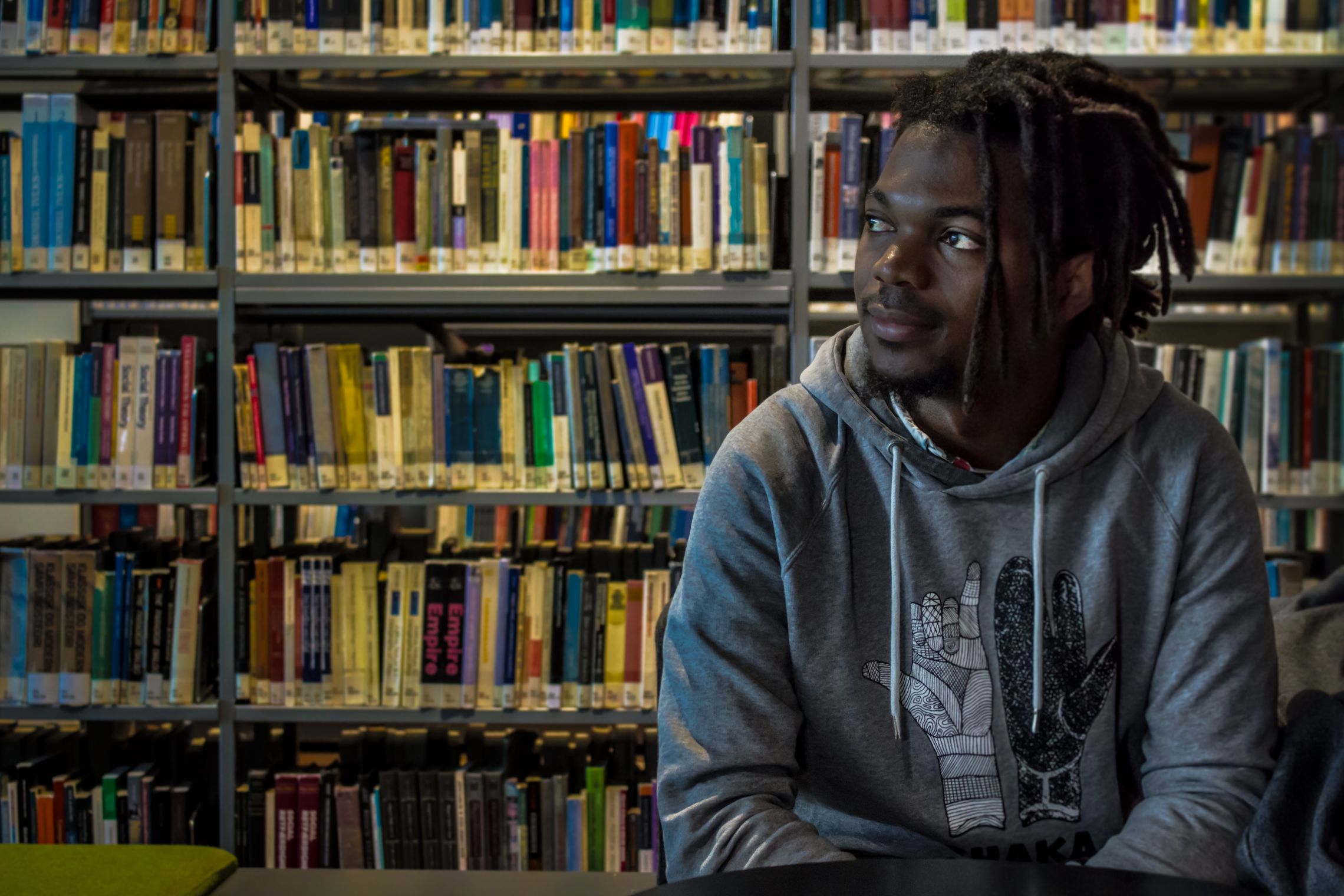

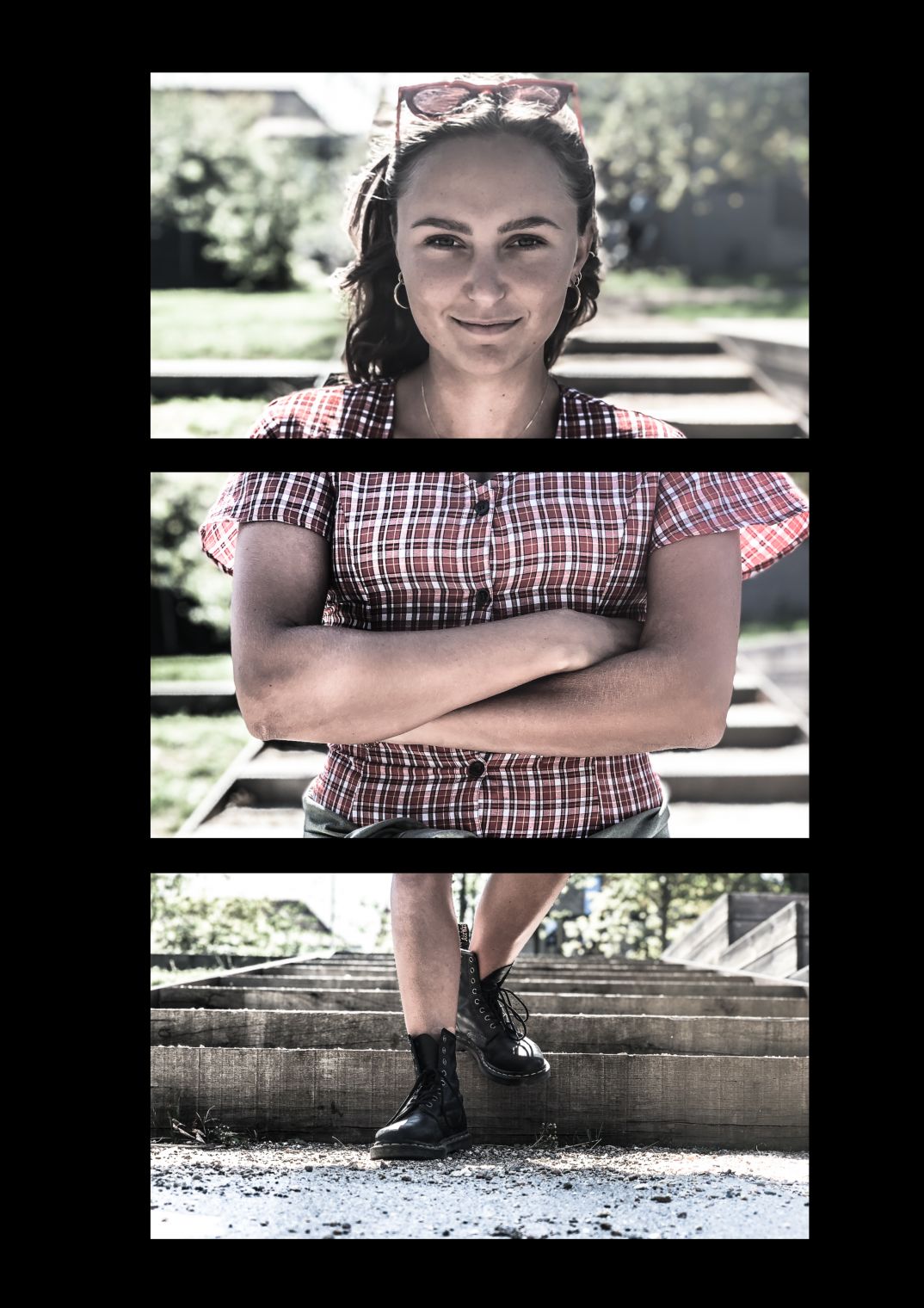
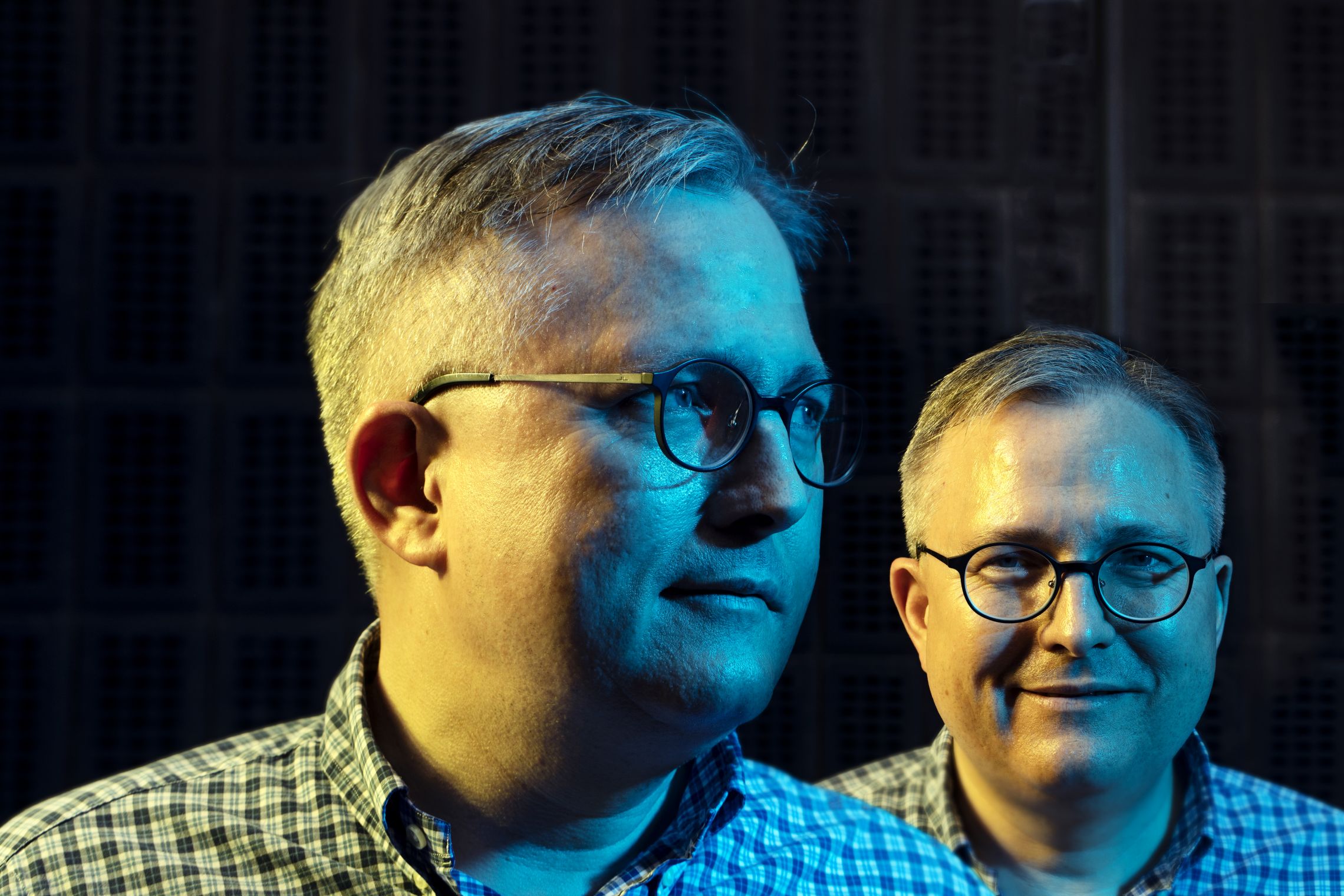



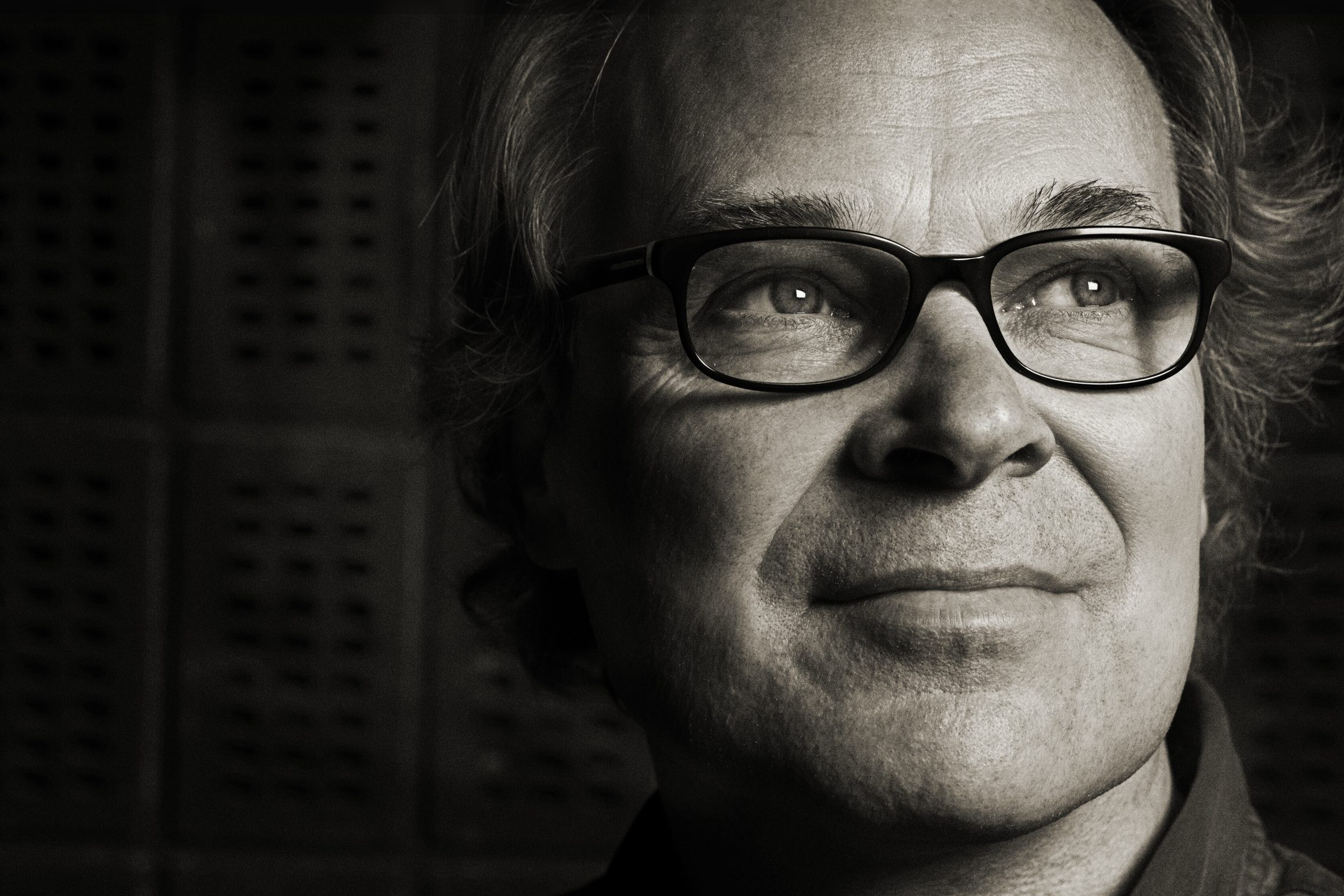

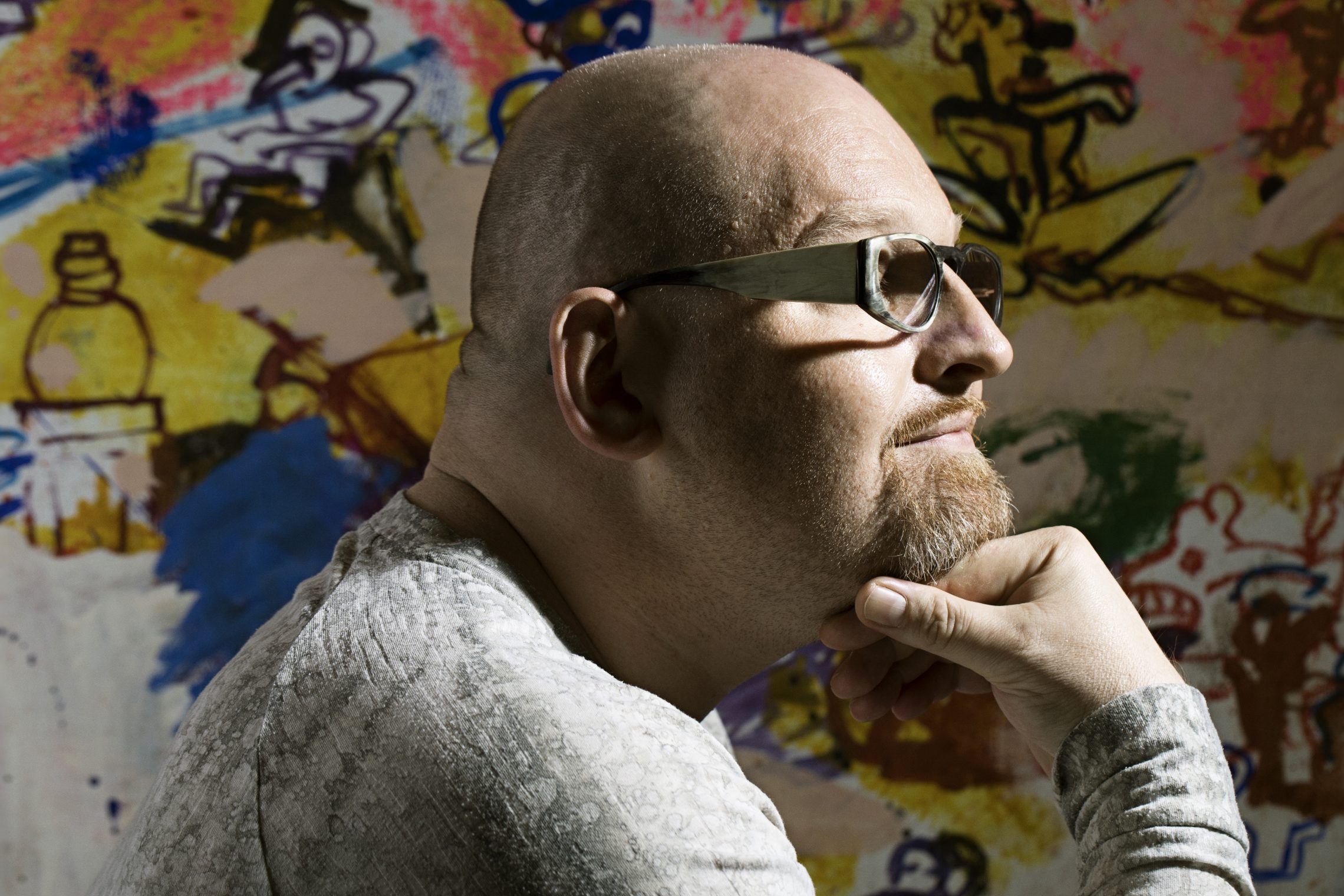
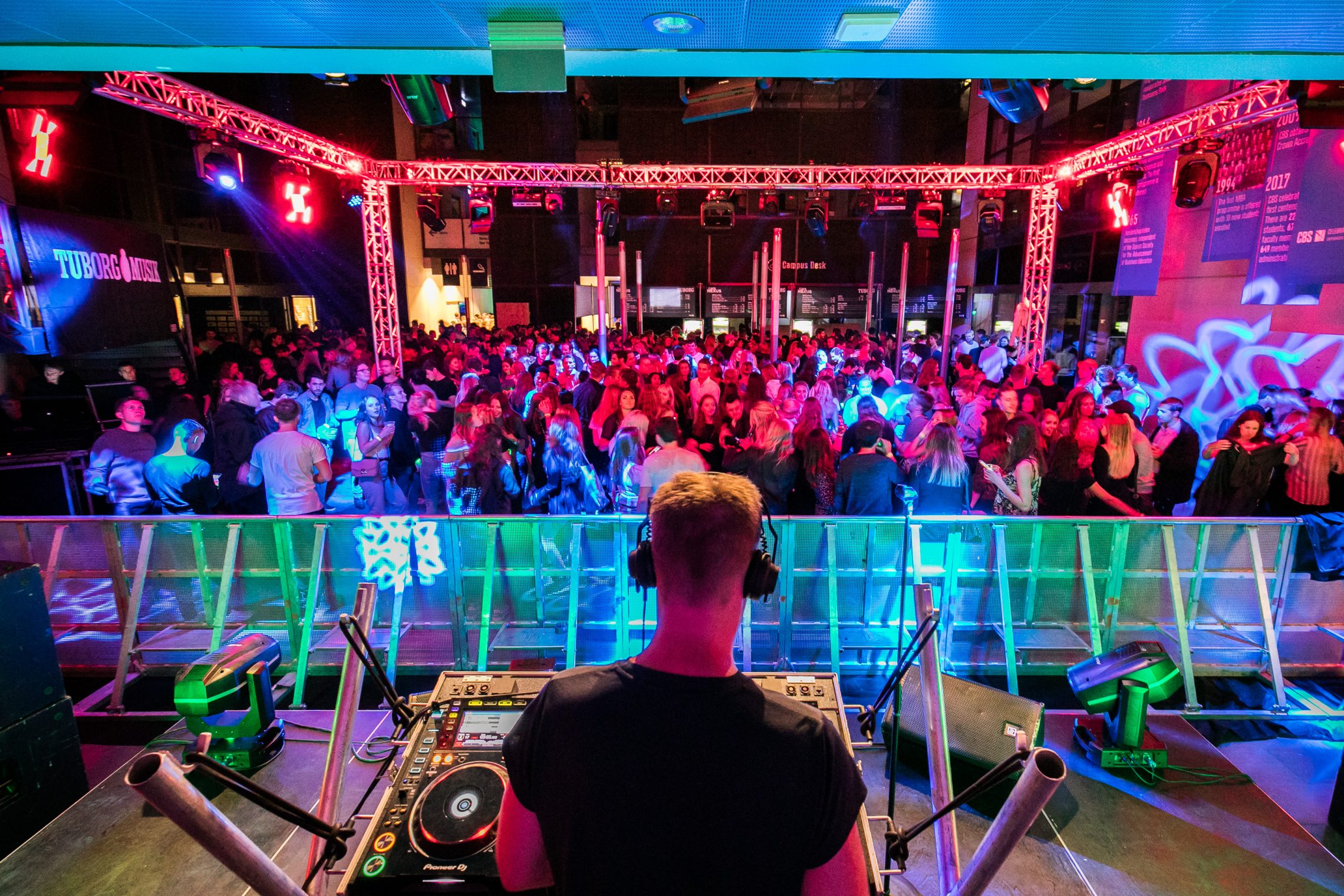

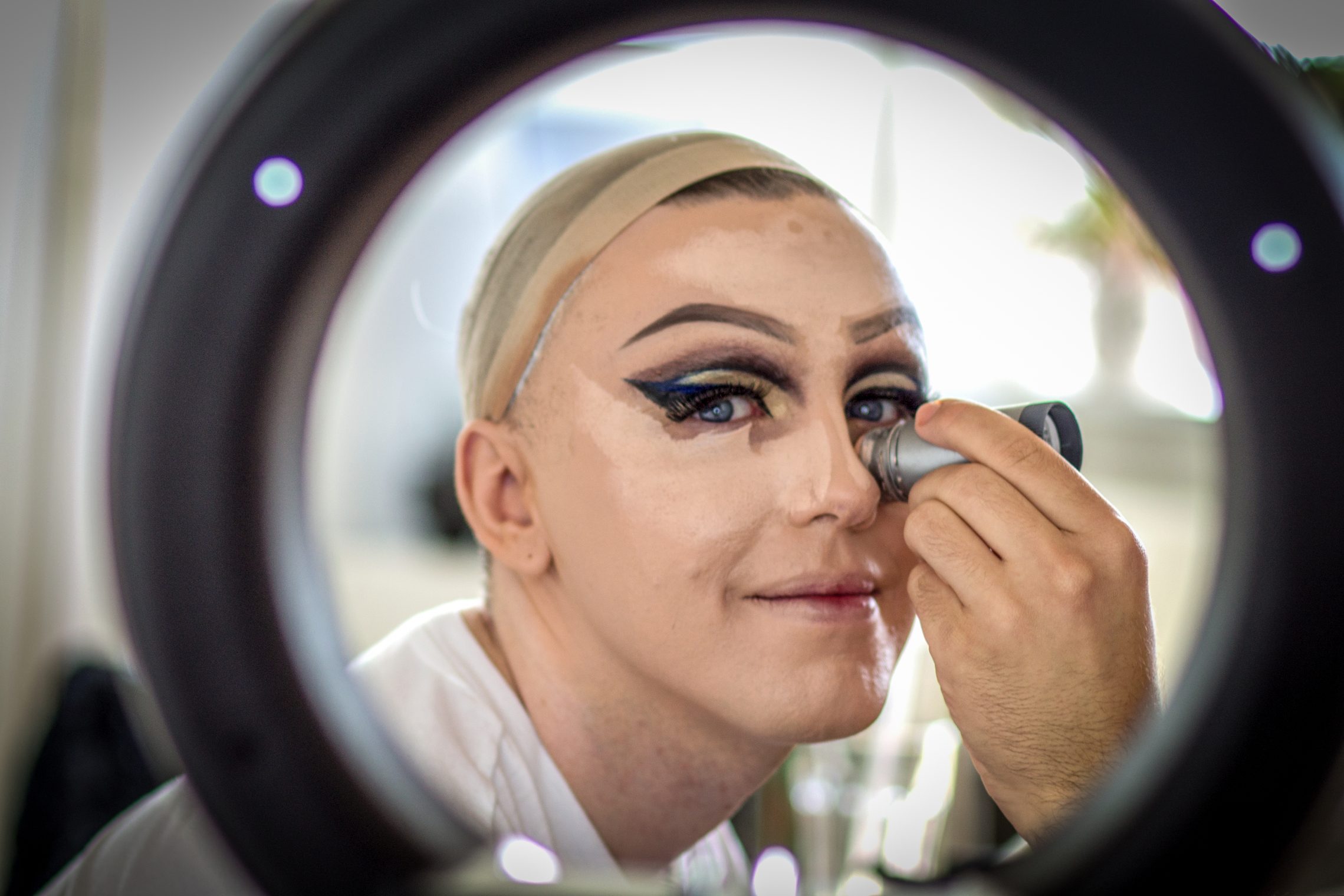

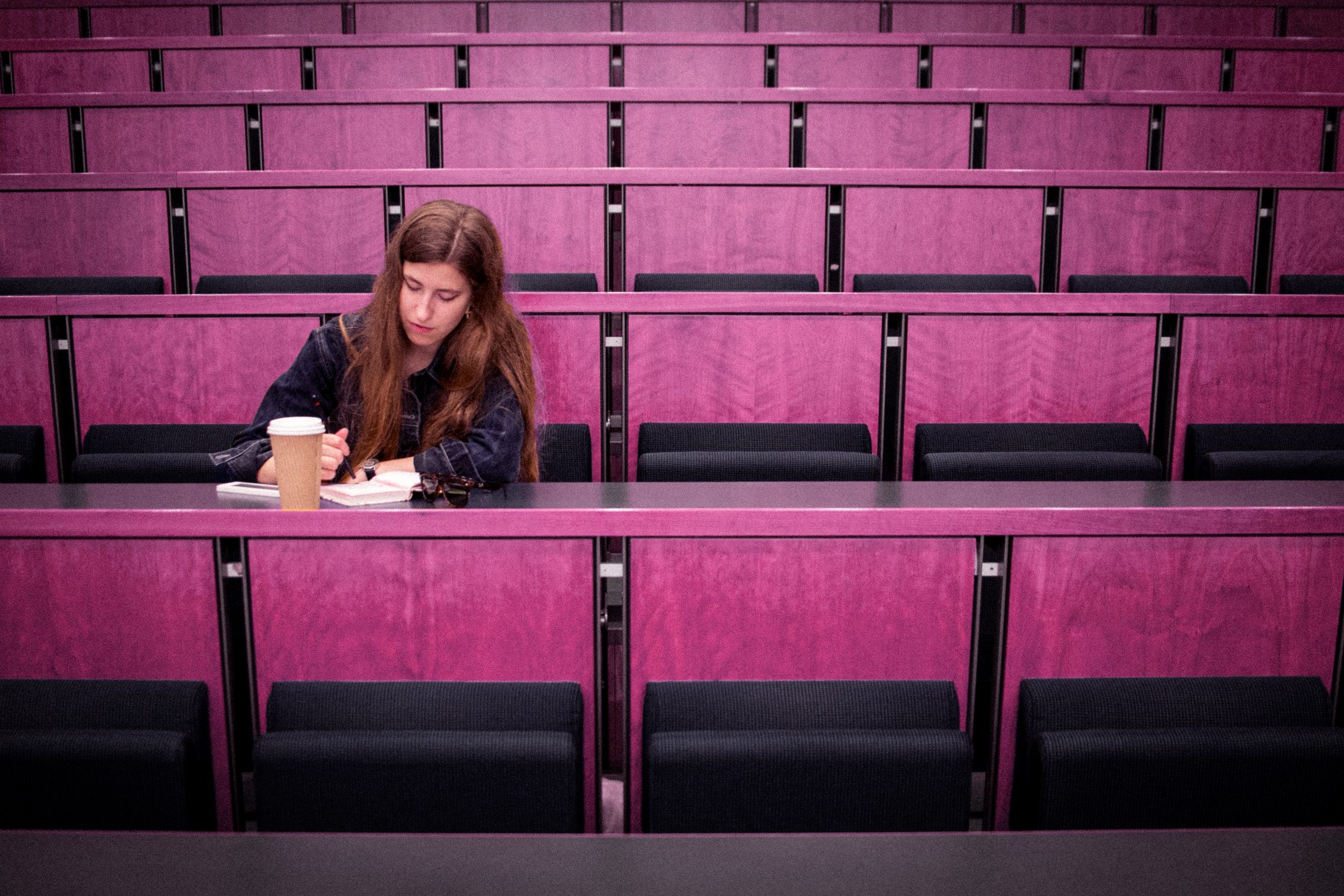
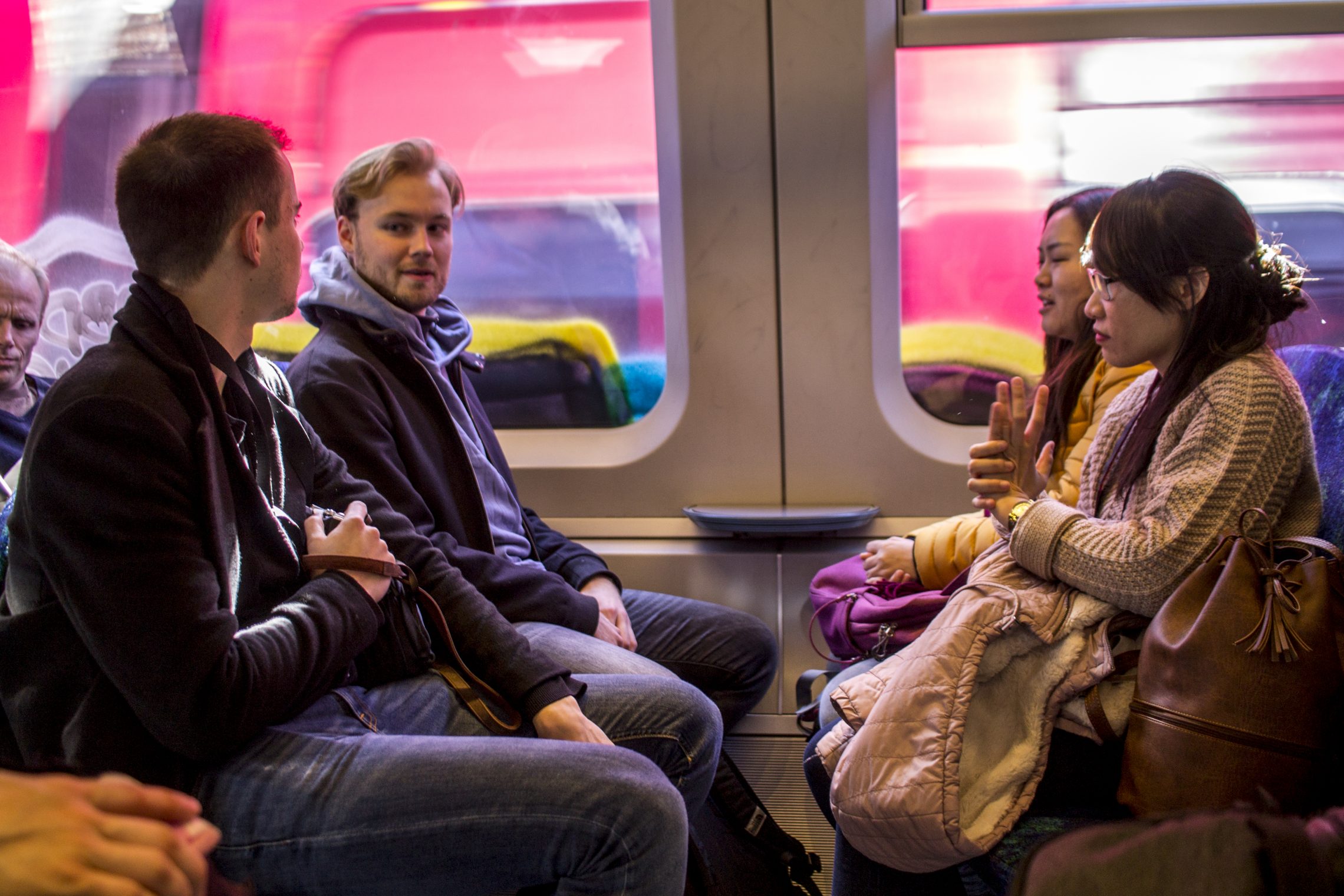
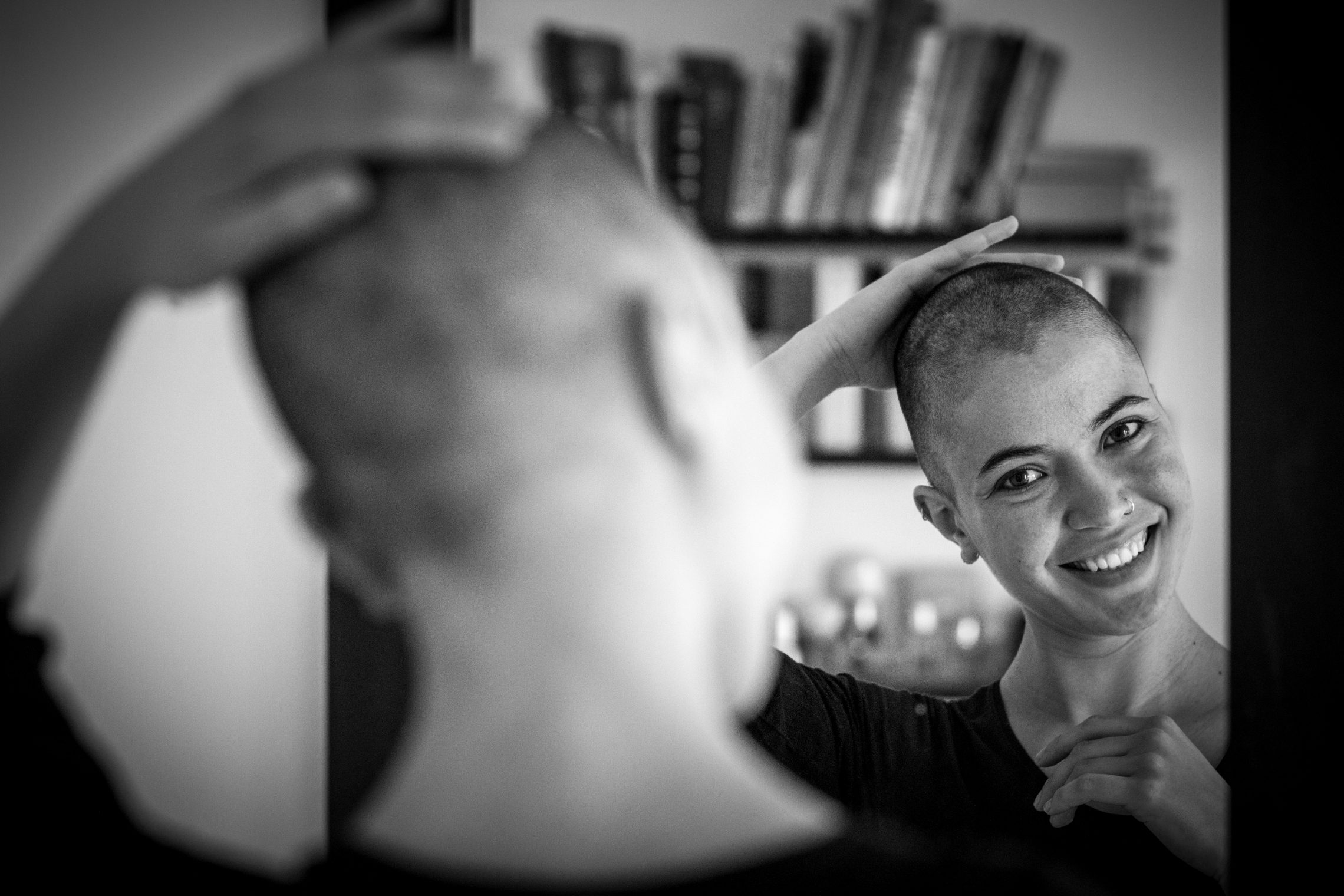

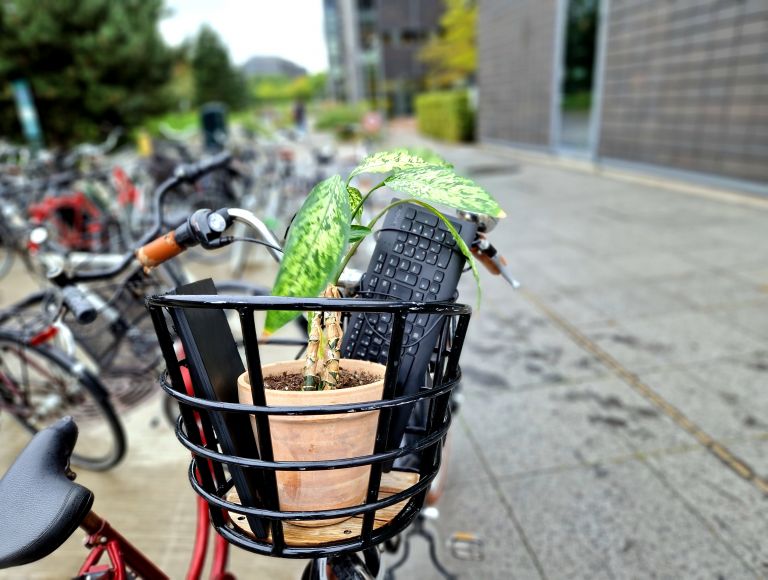
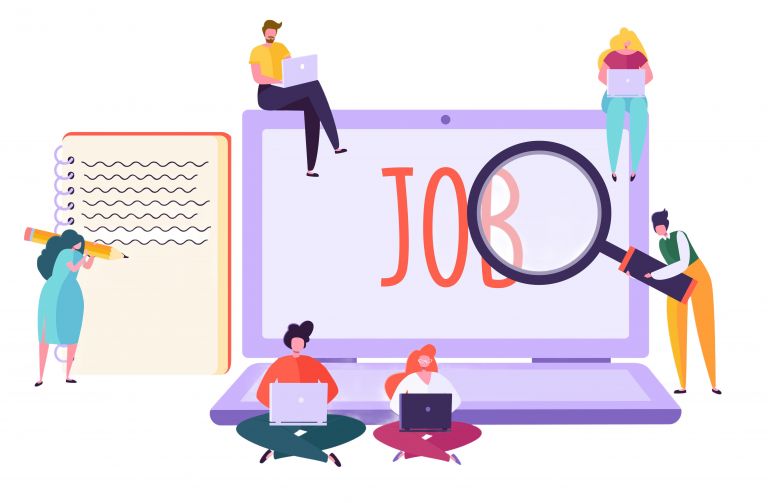
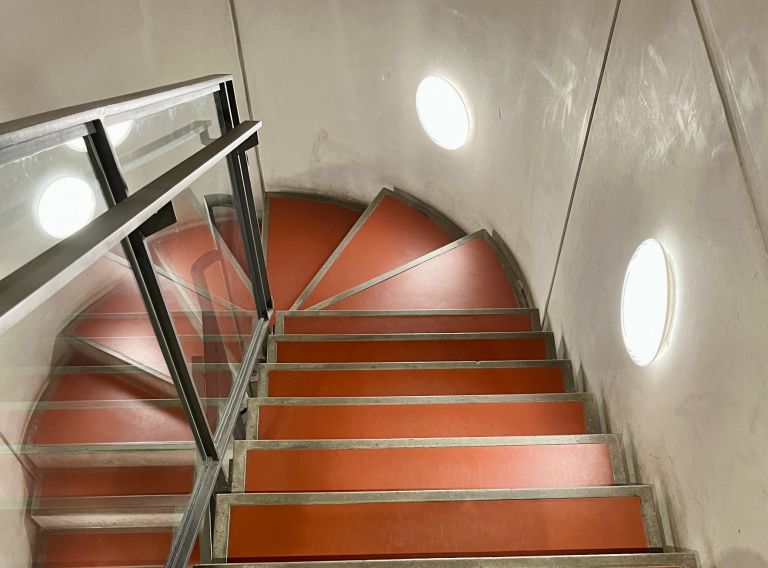
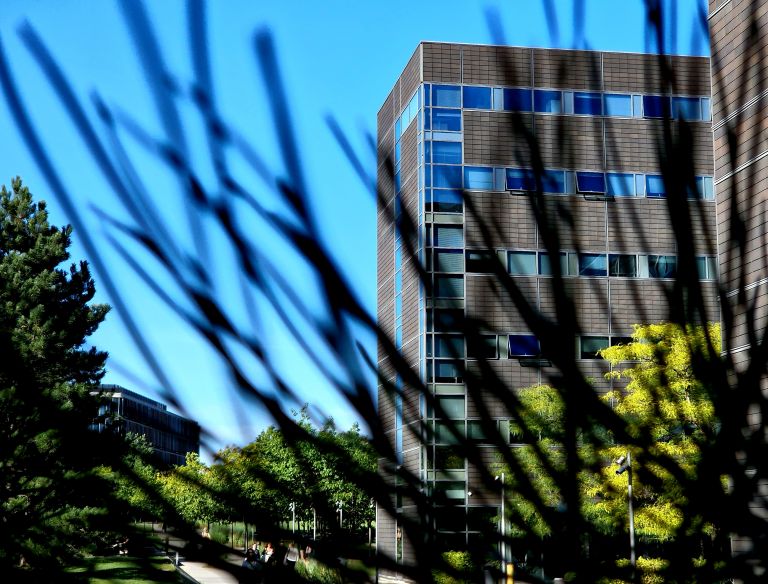
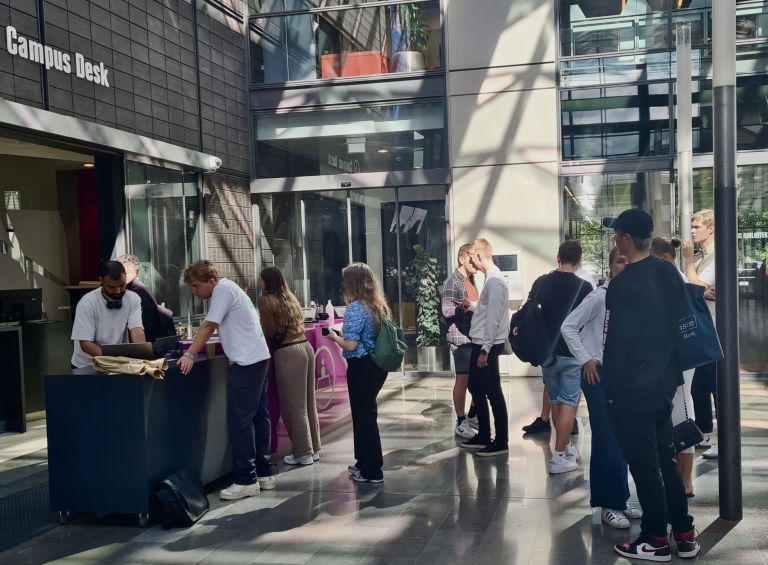
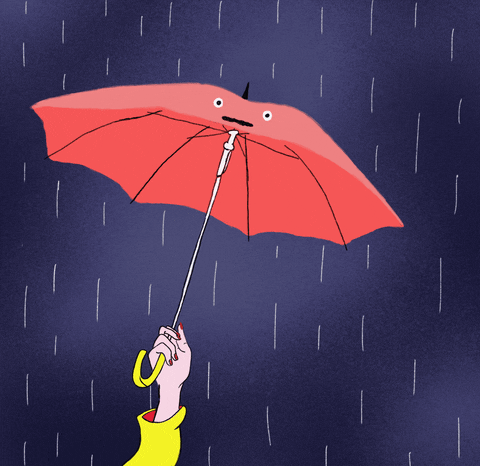
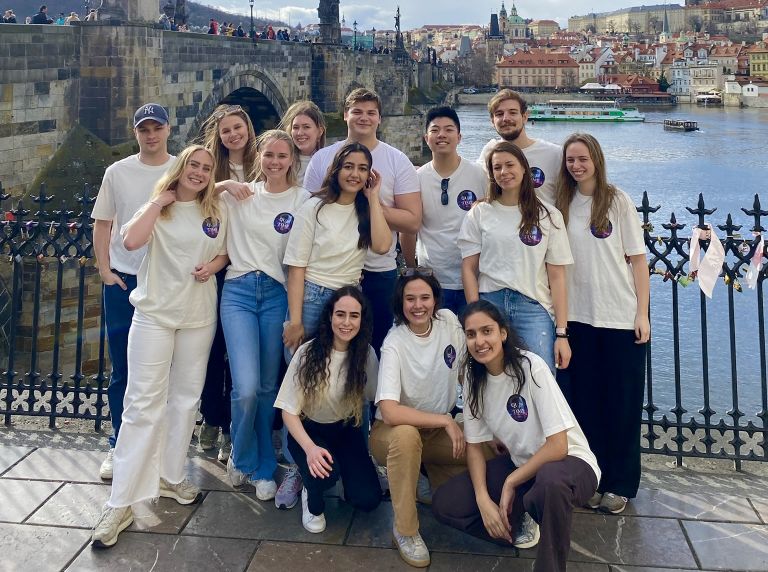


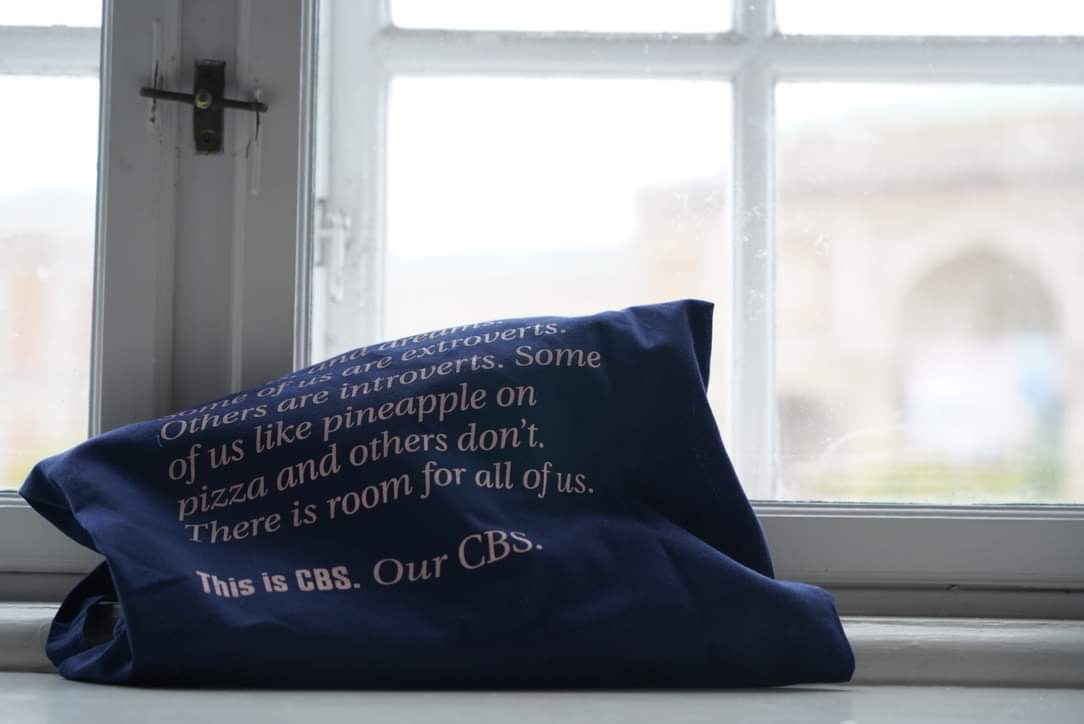

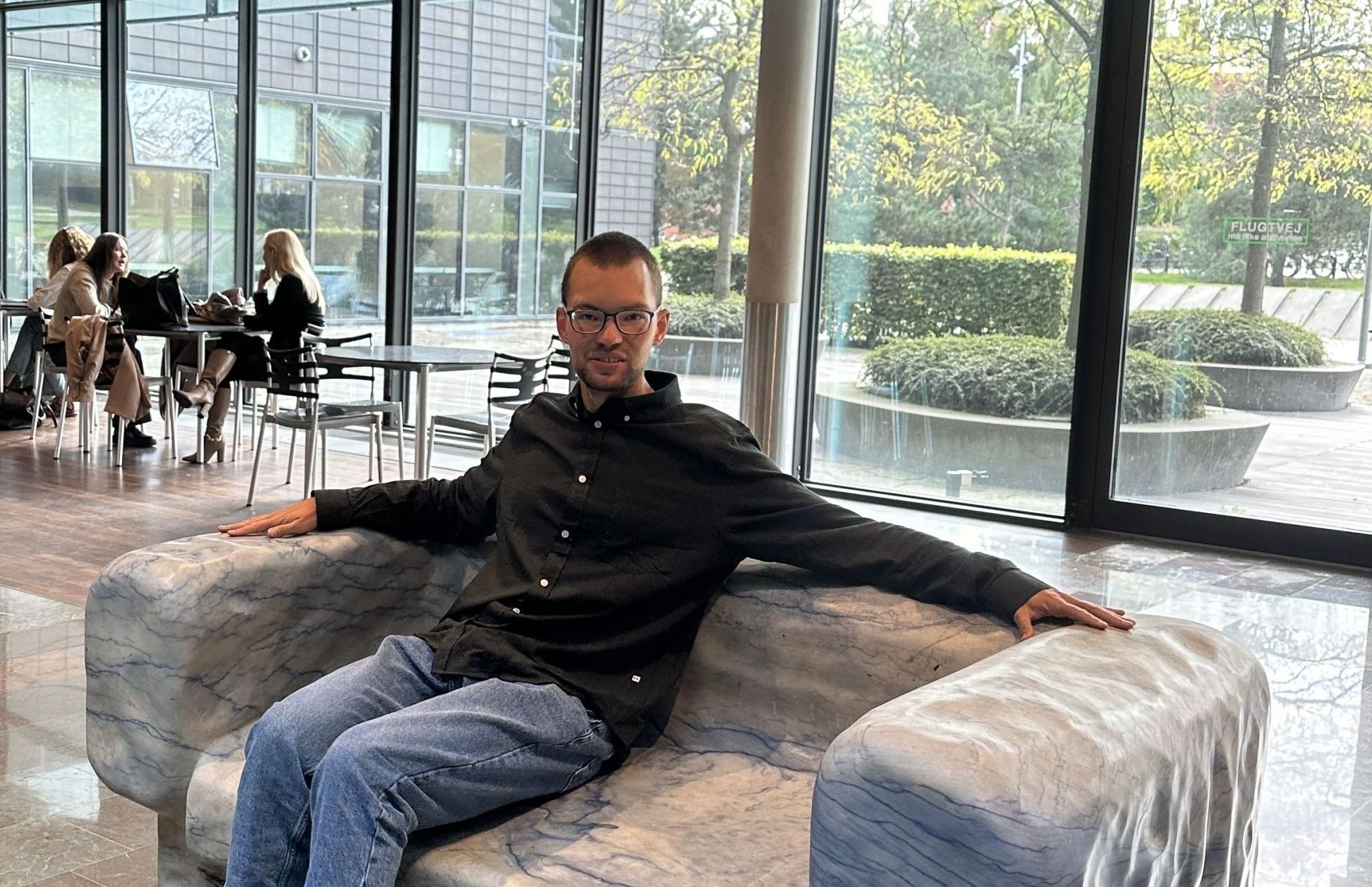
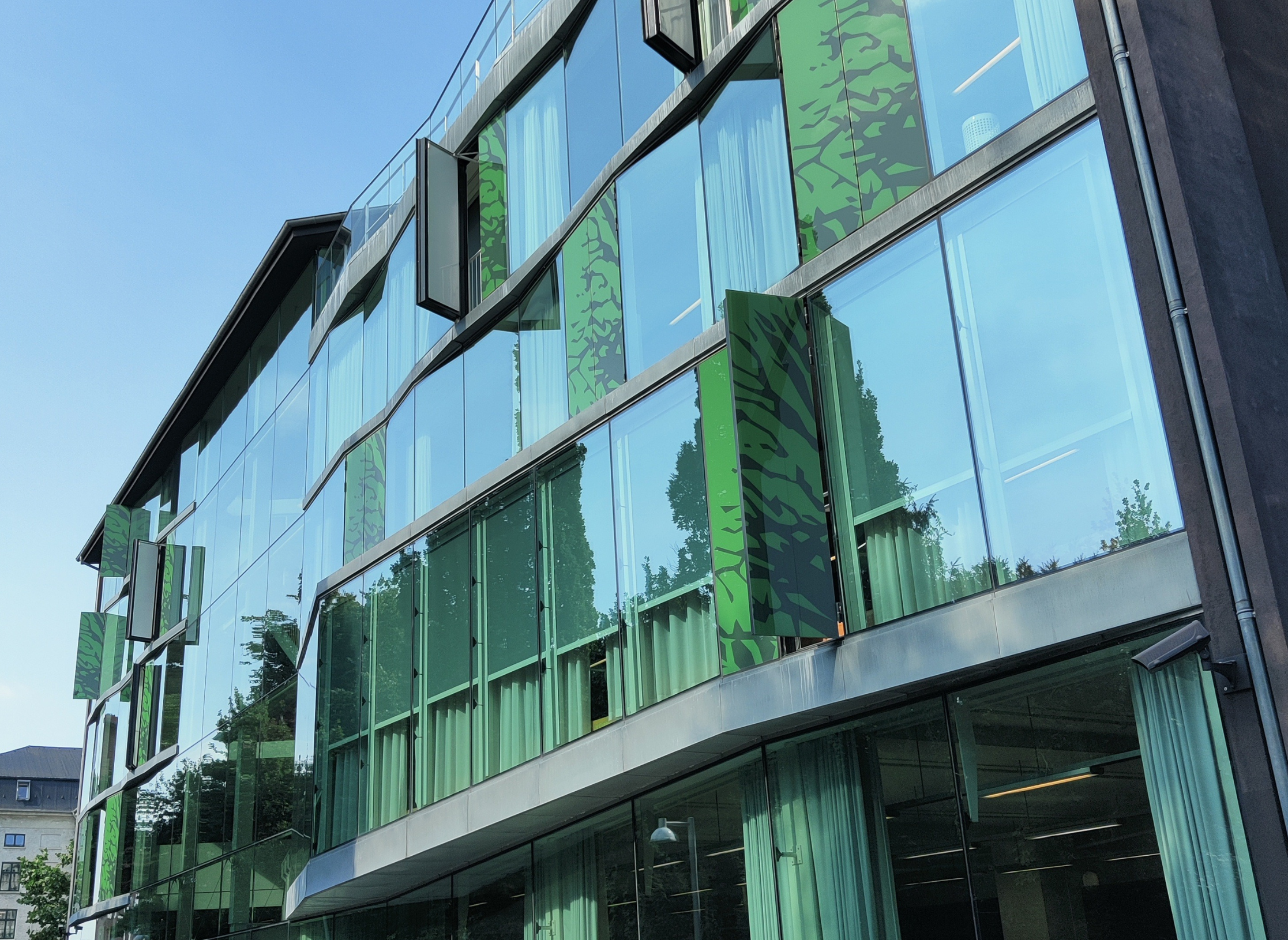









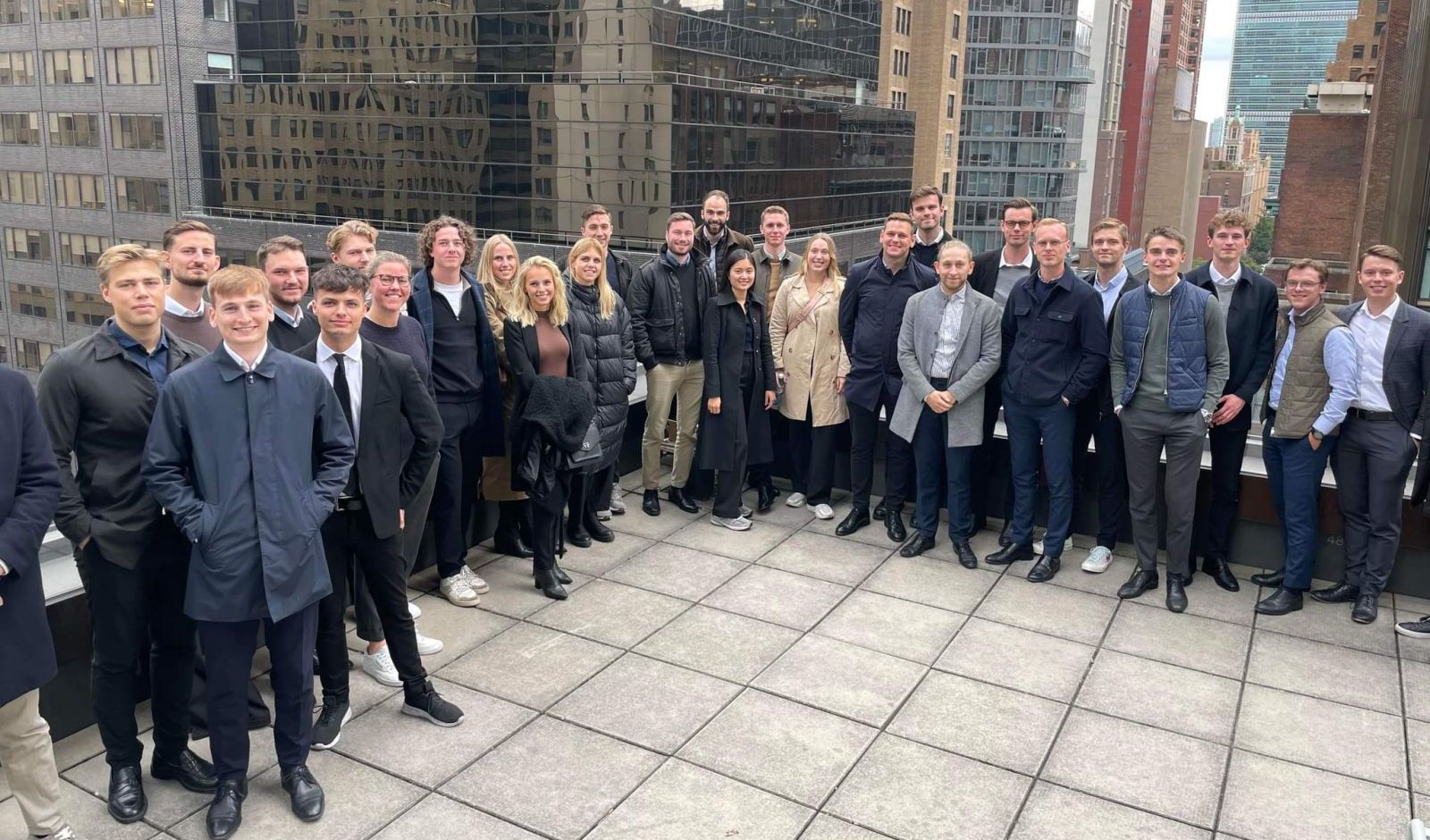



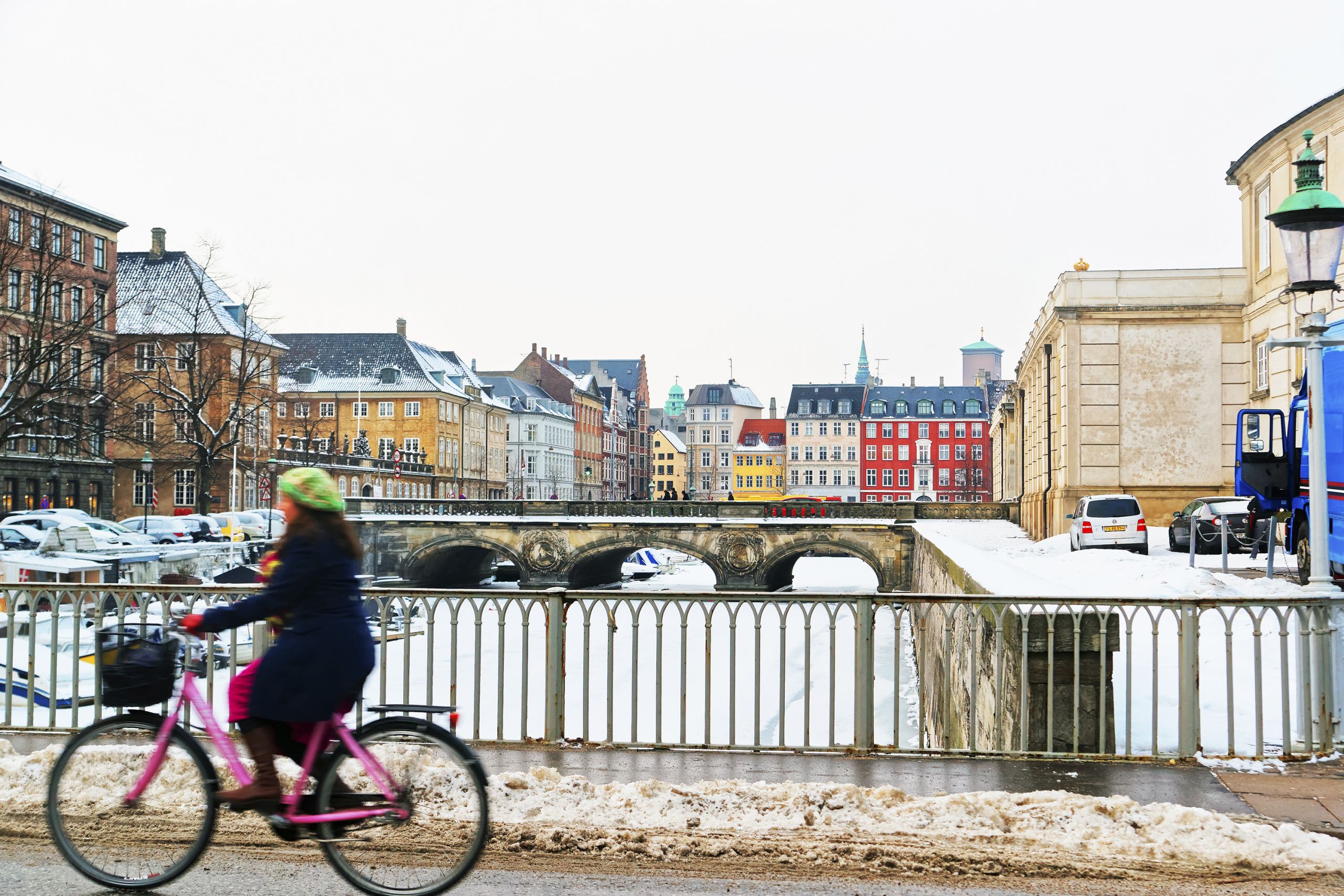





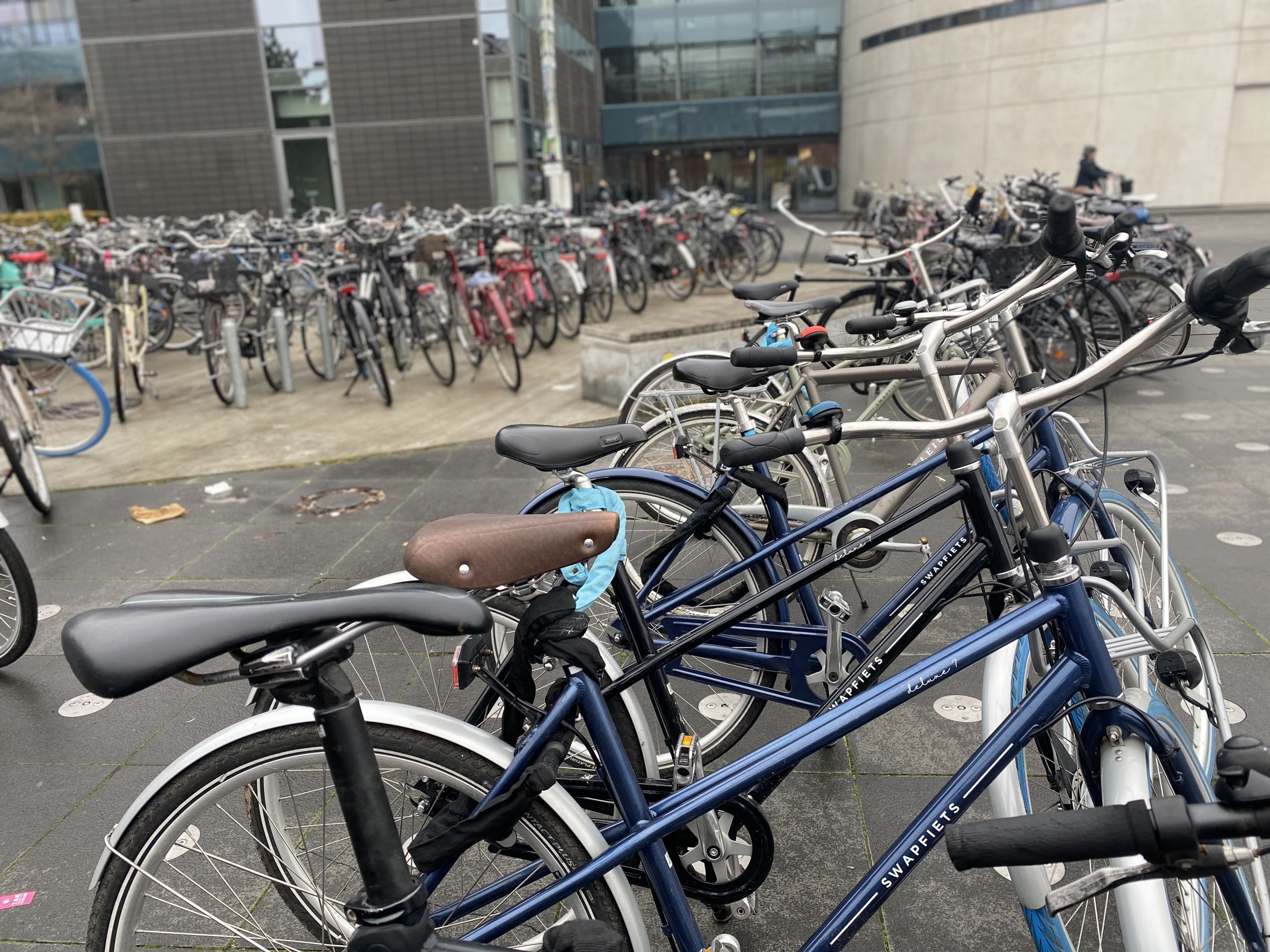
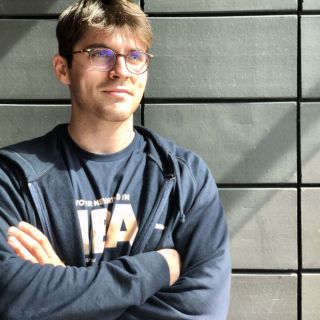
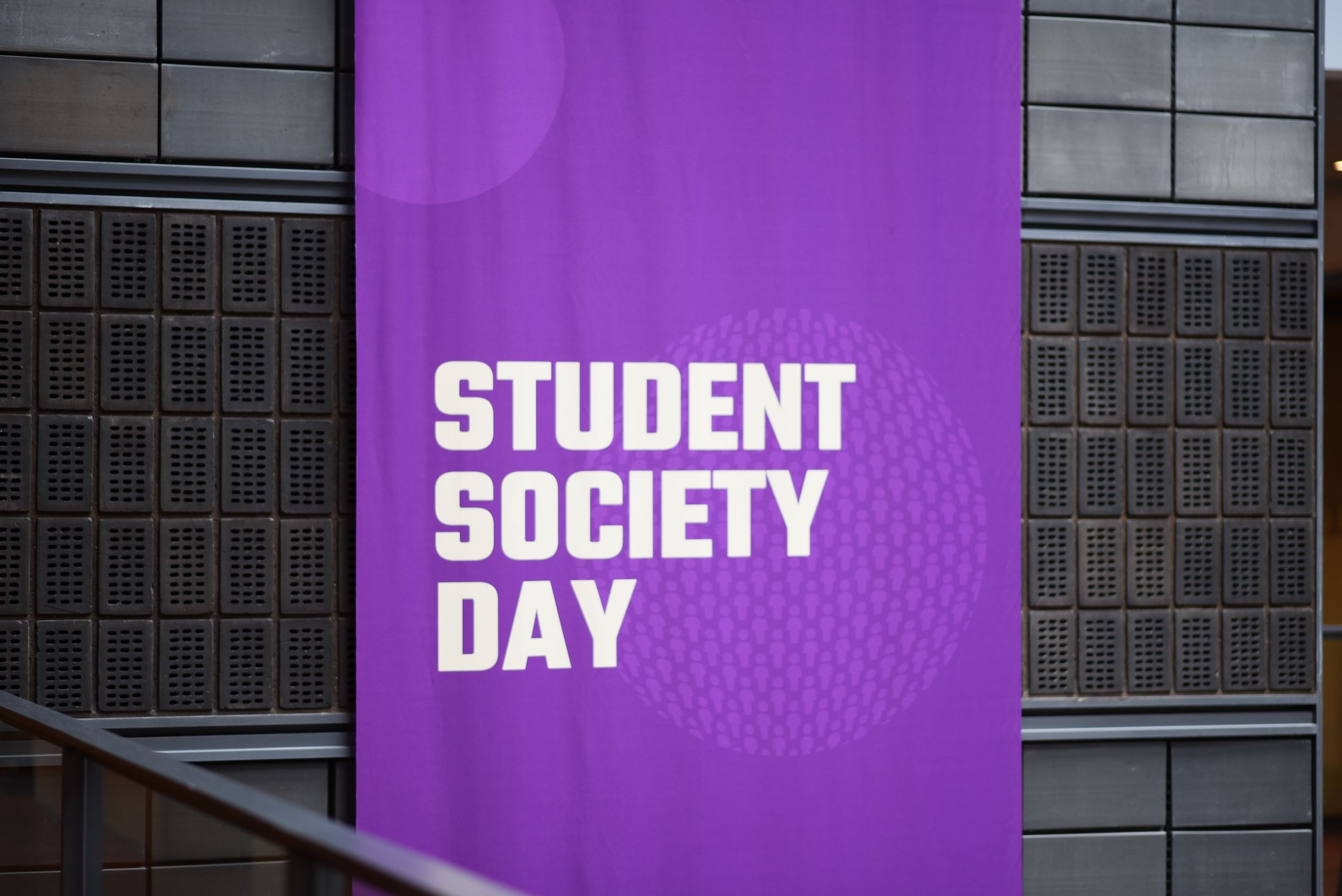





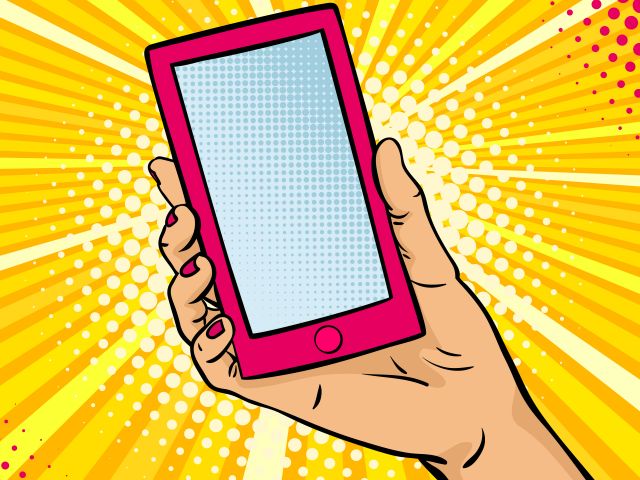
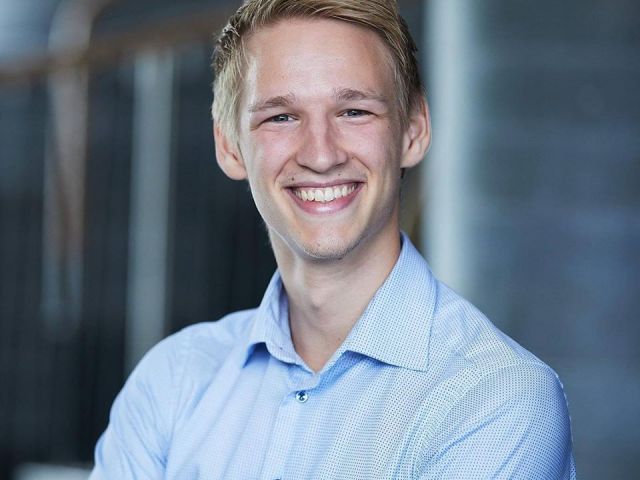
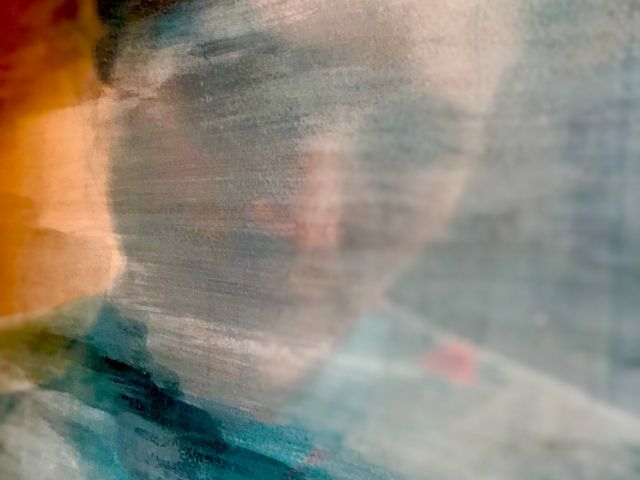
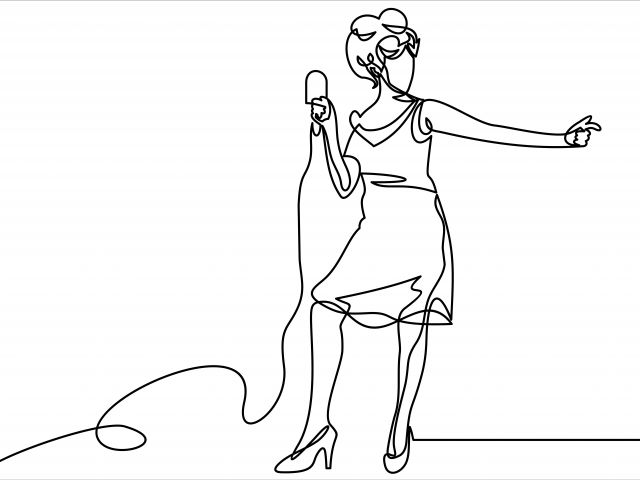



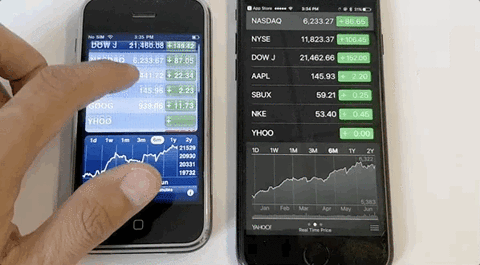

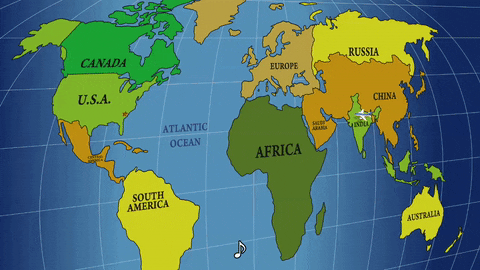

Comments